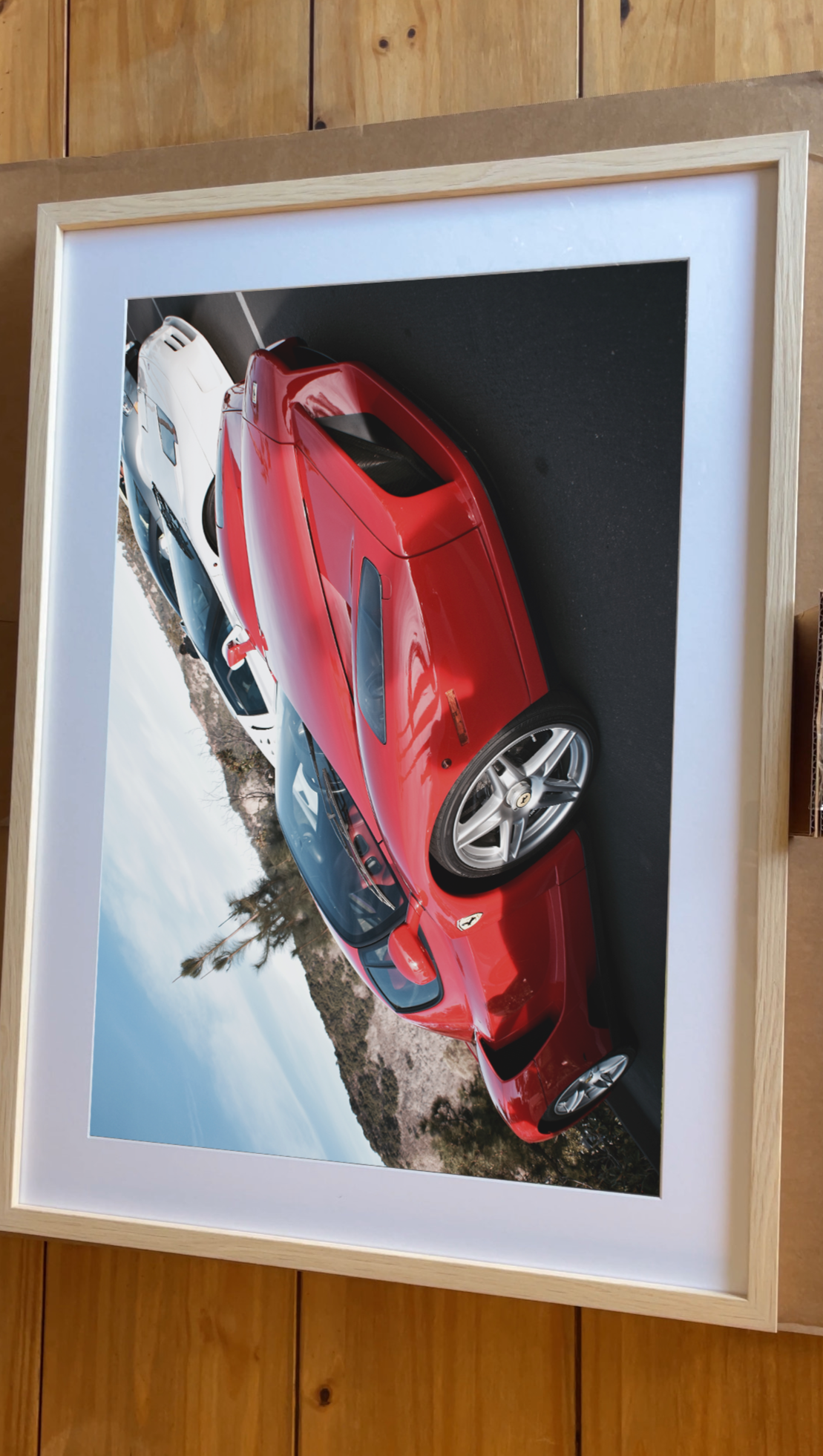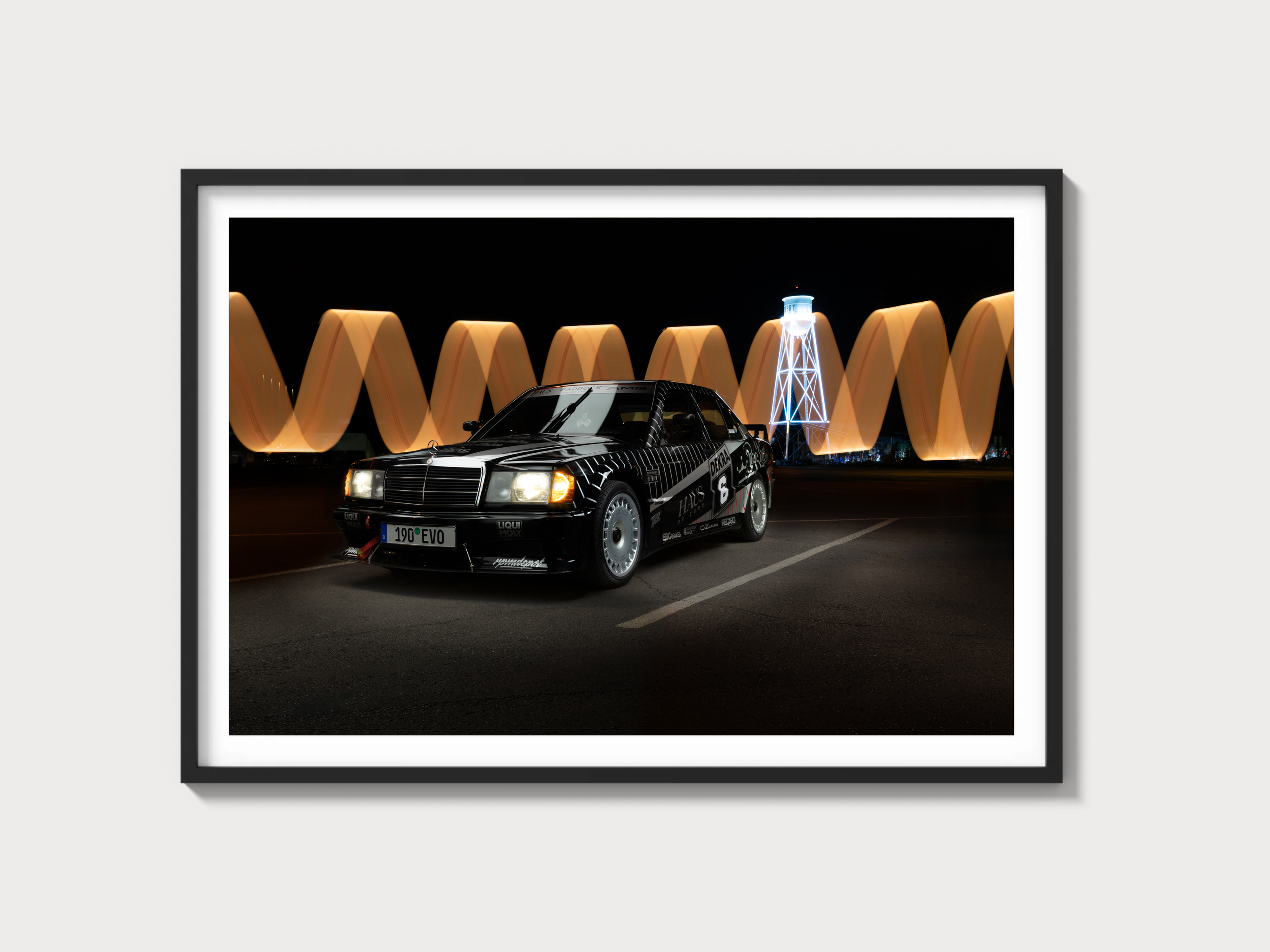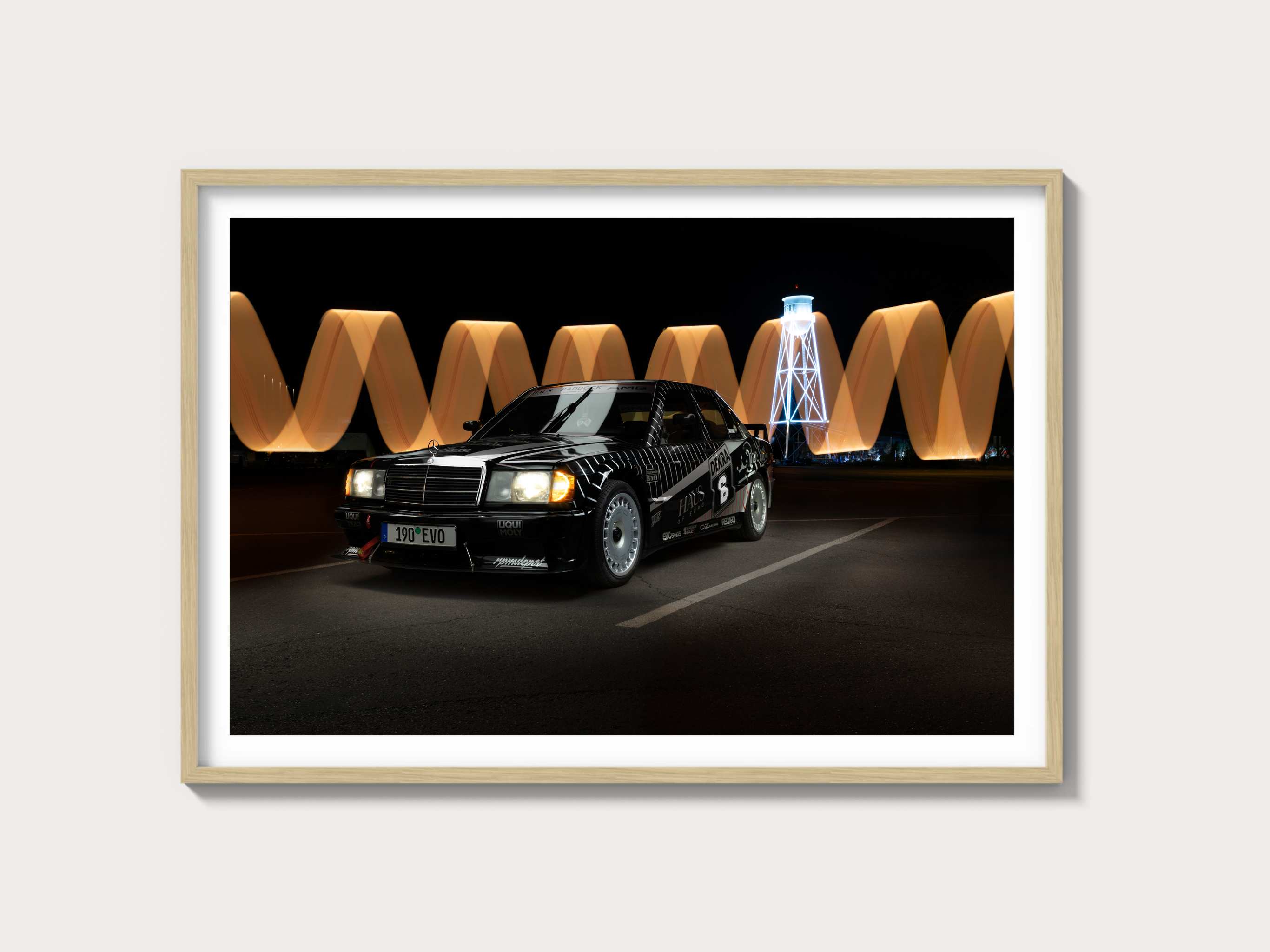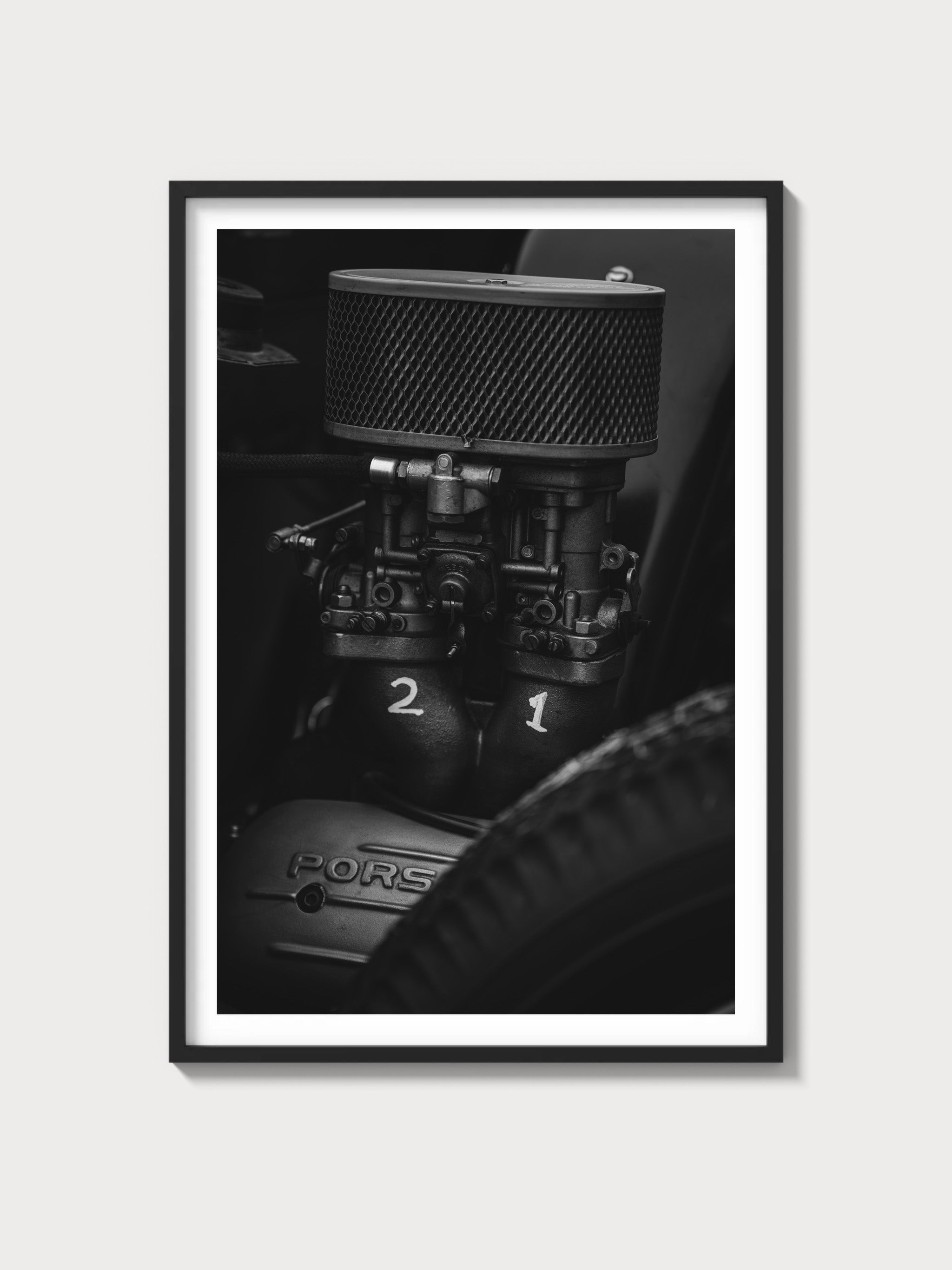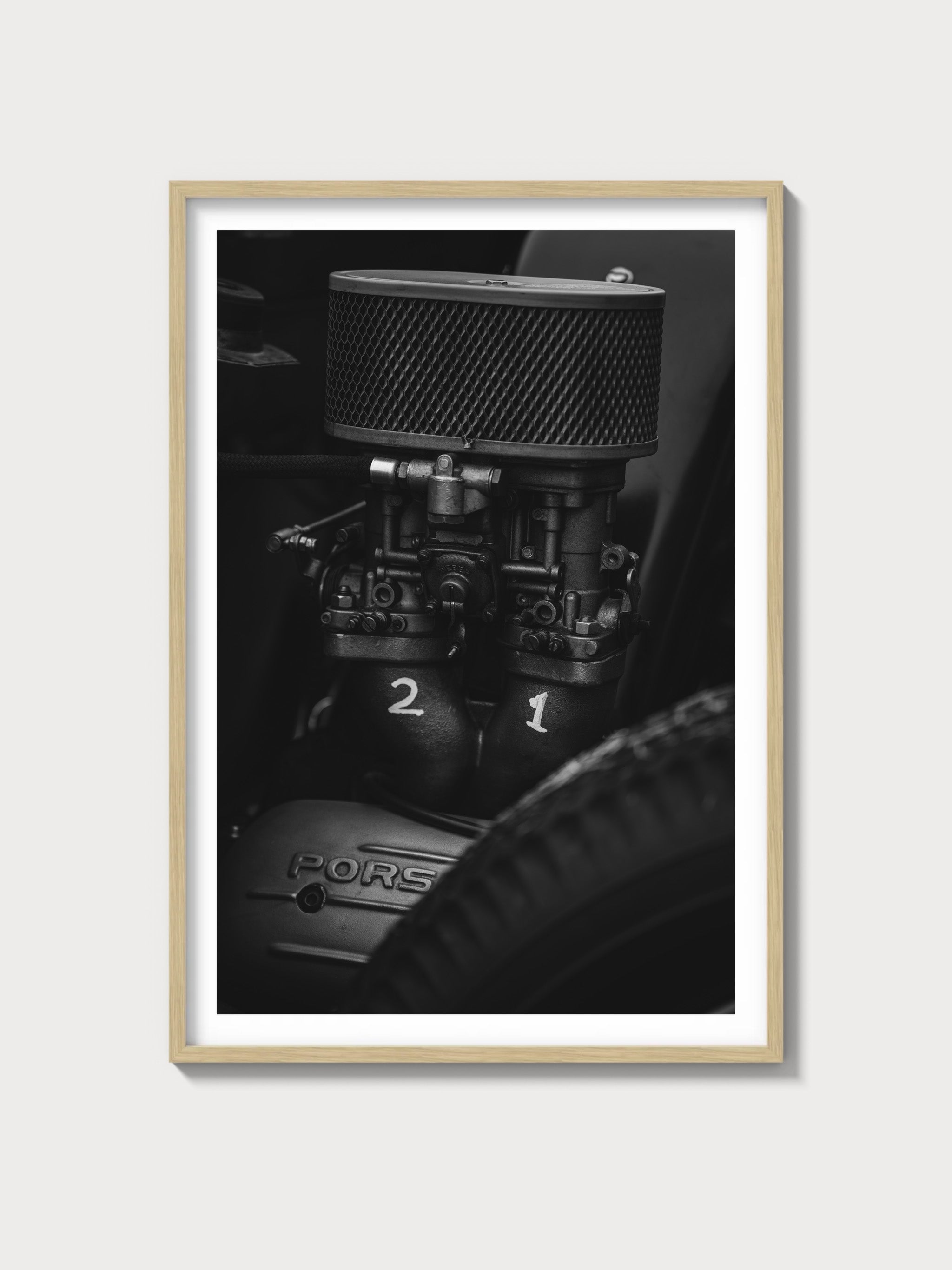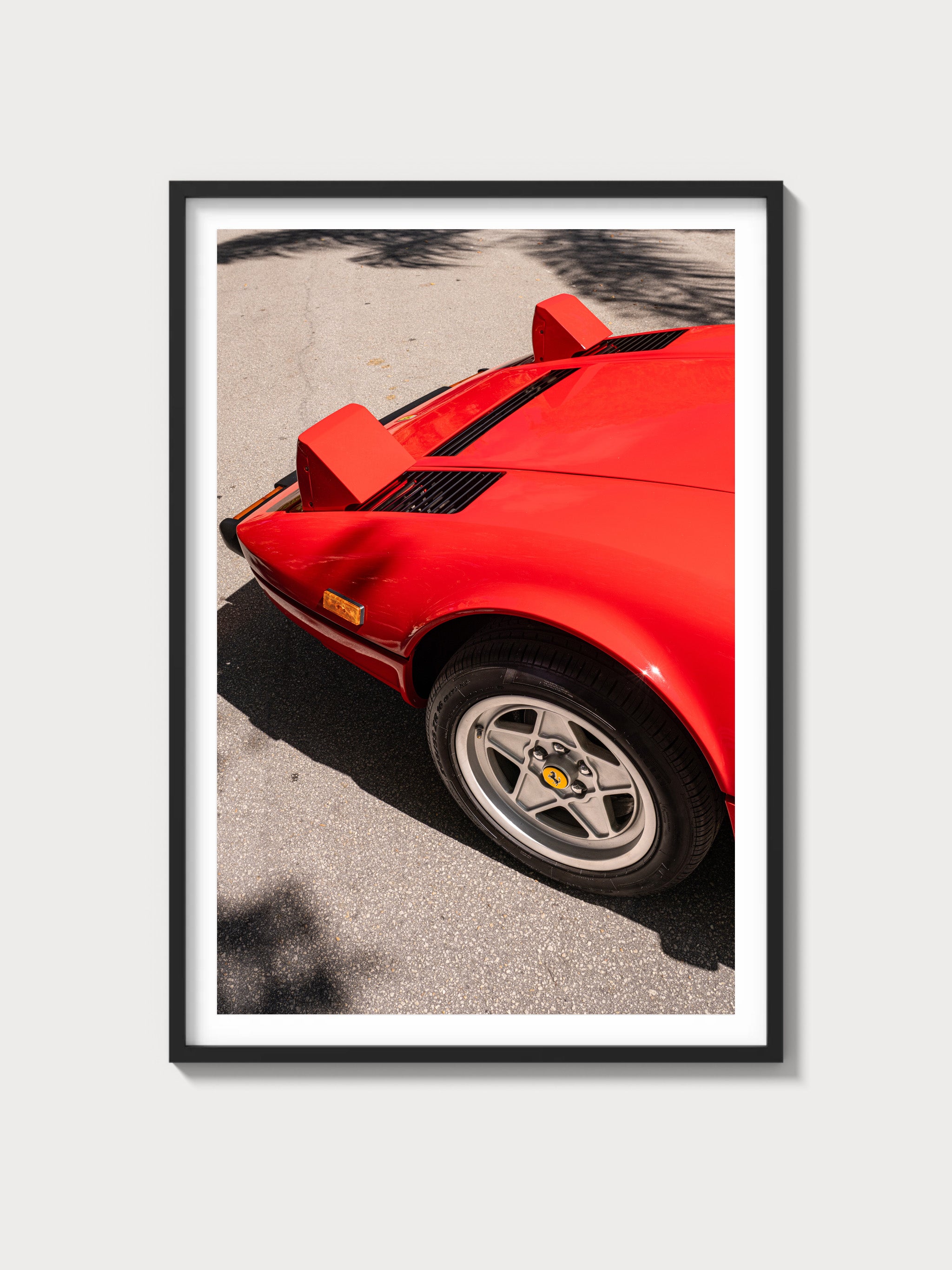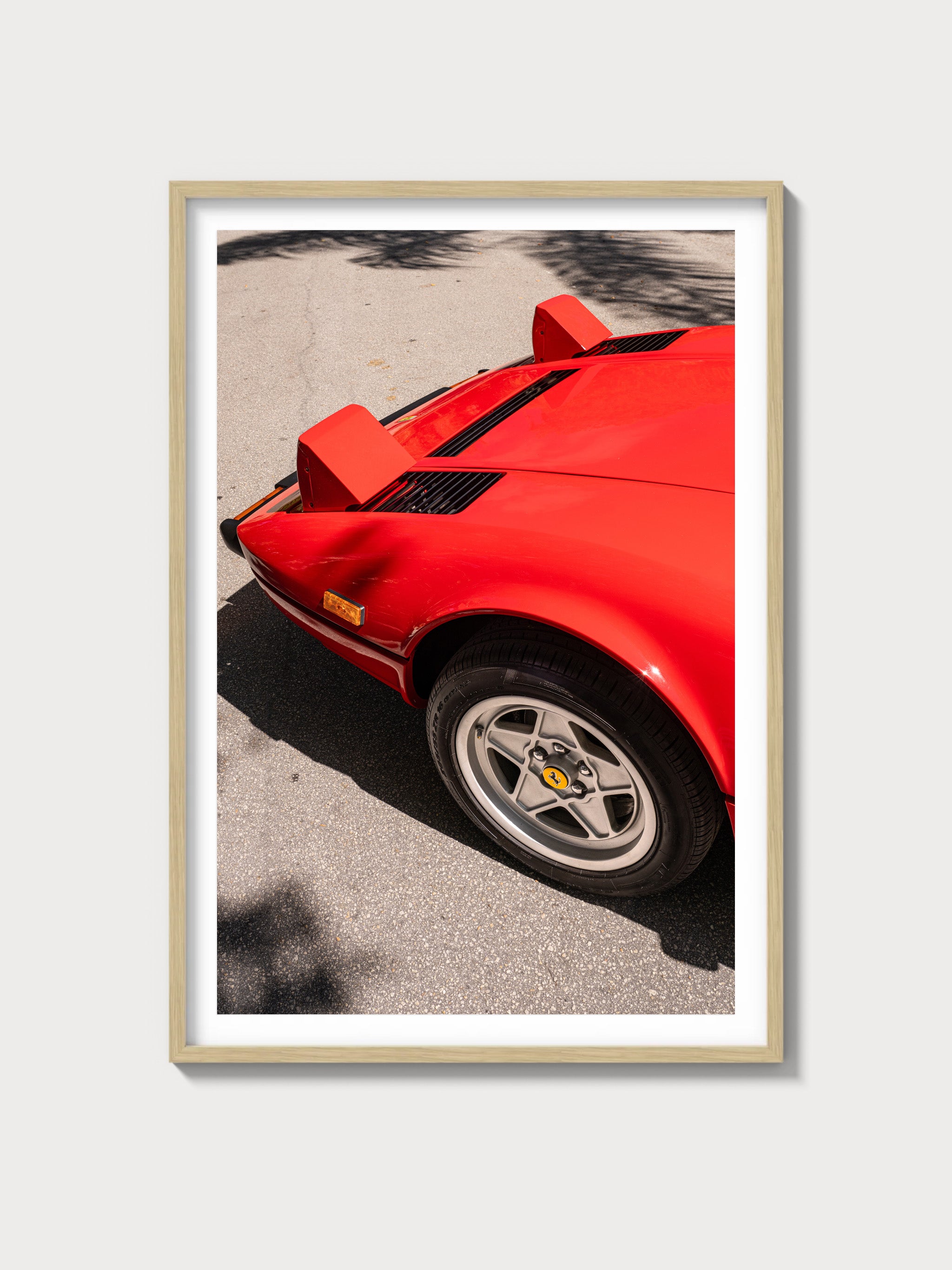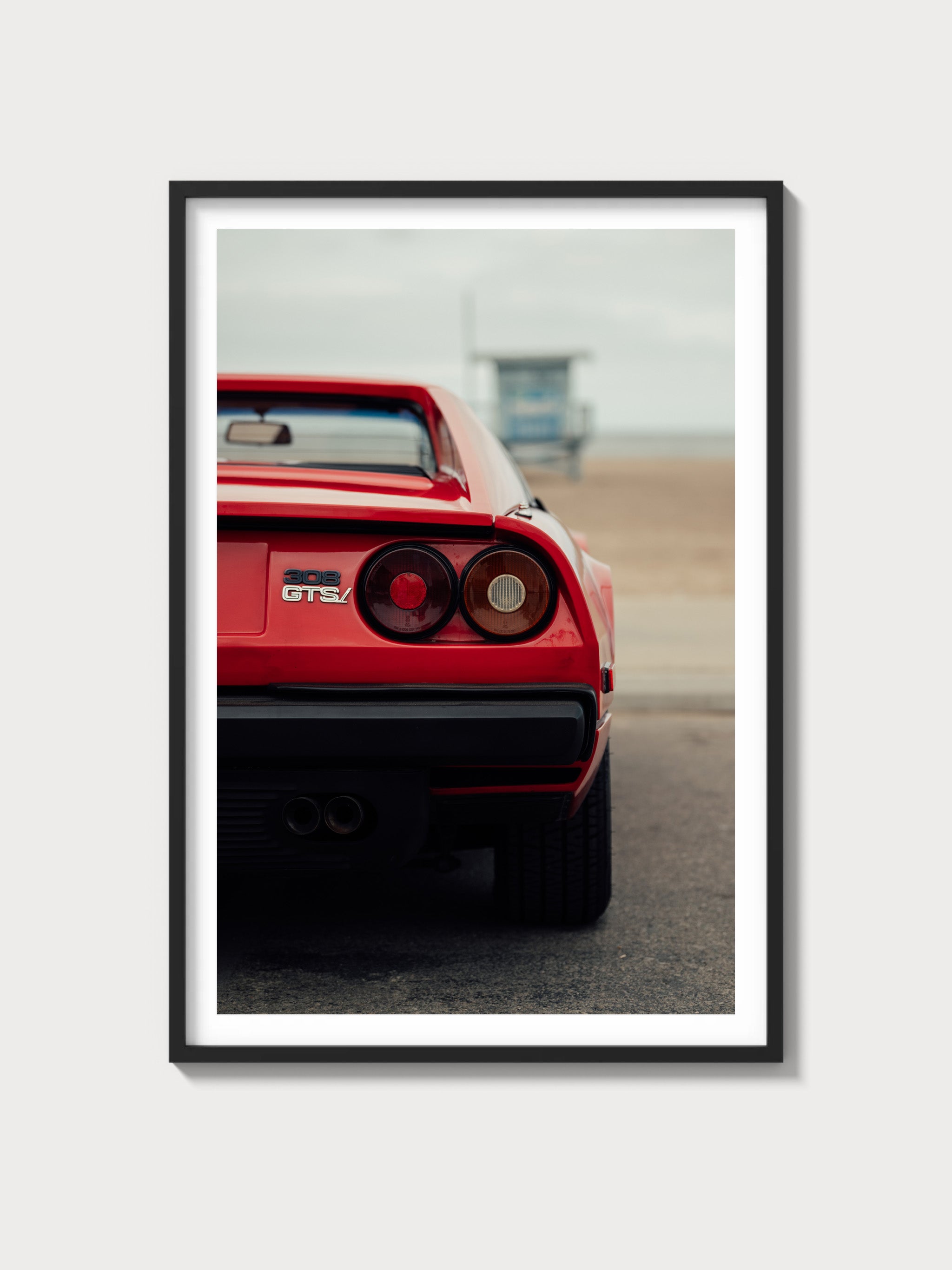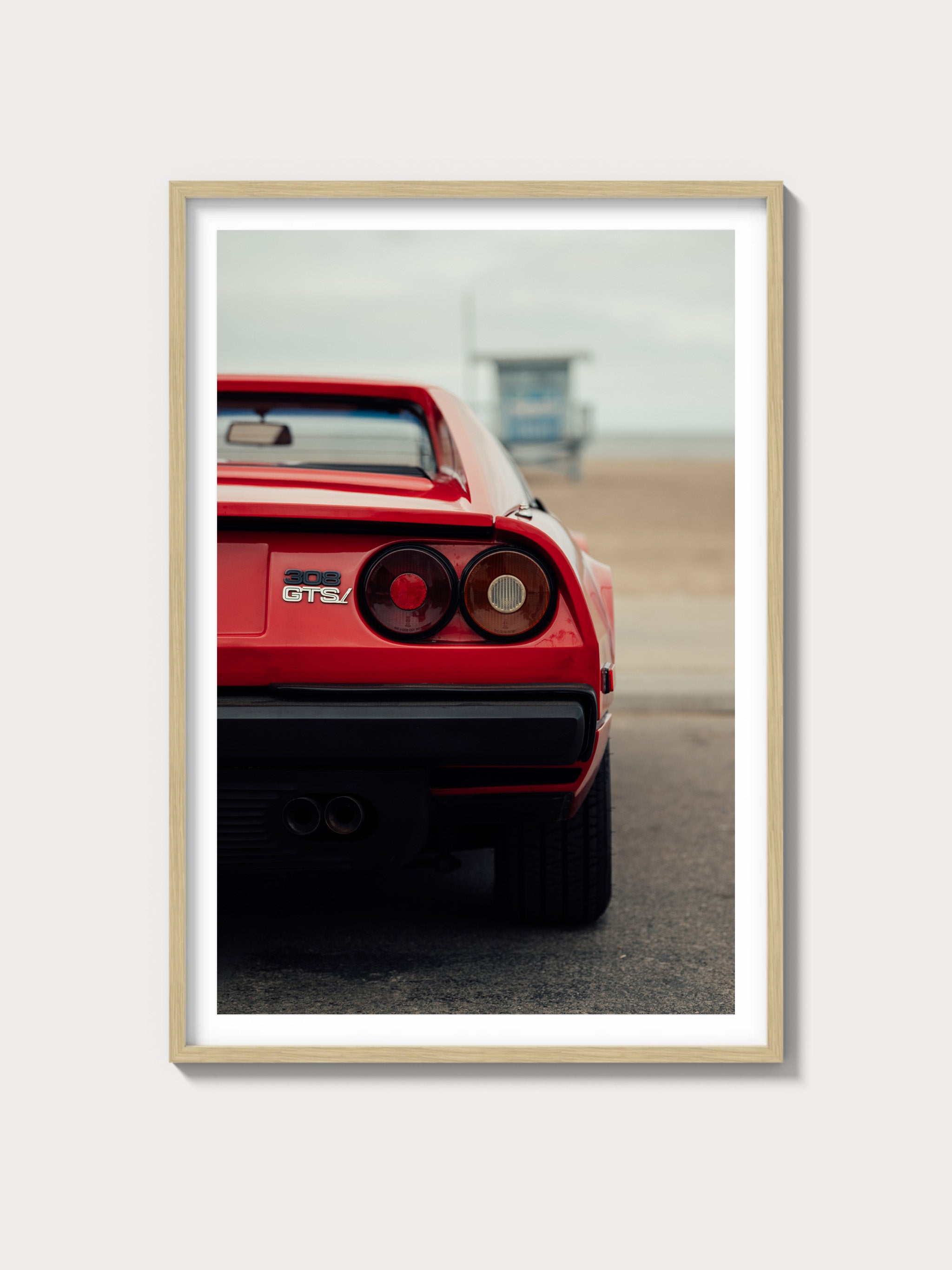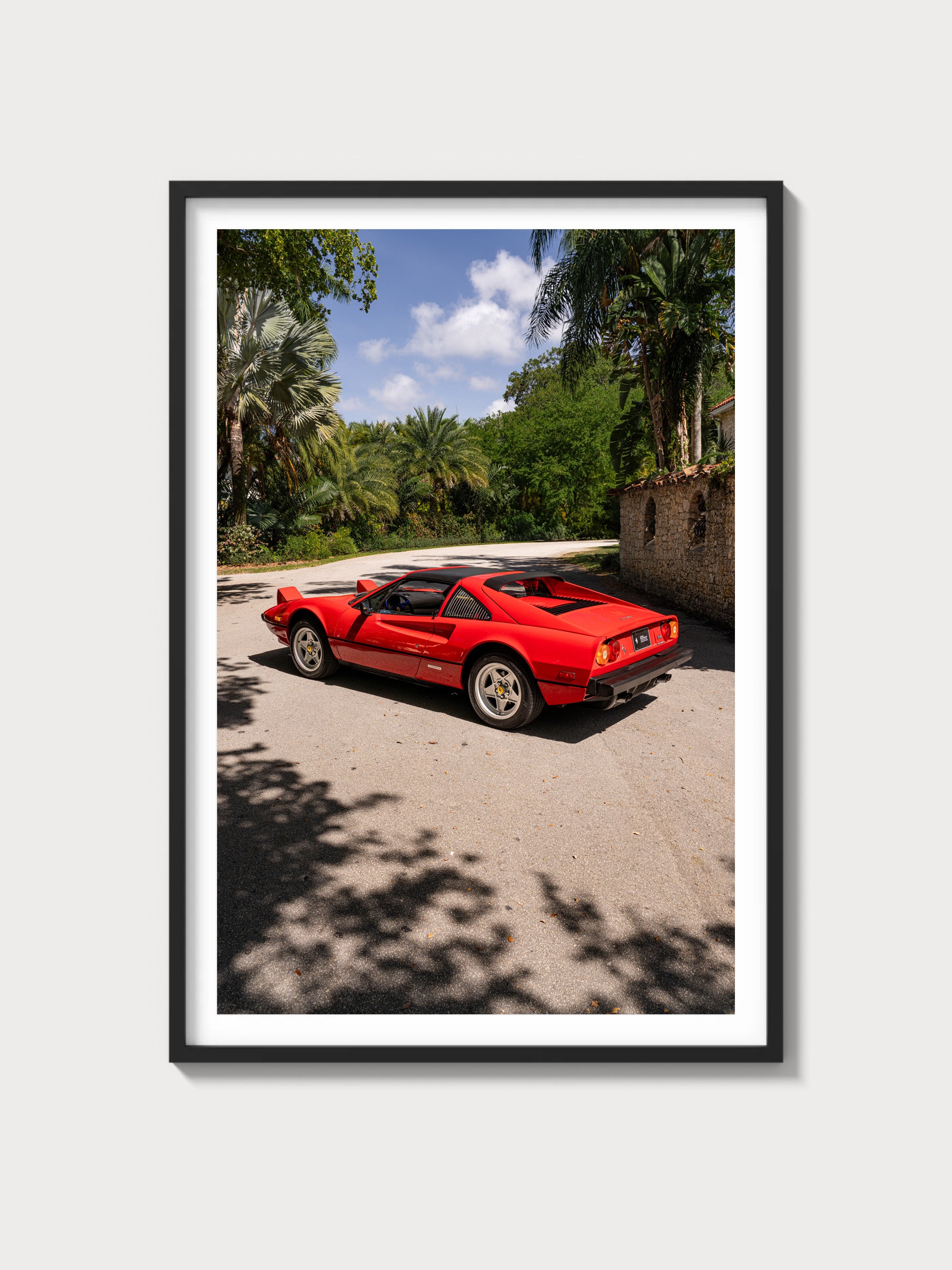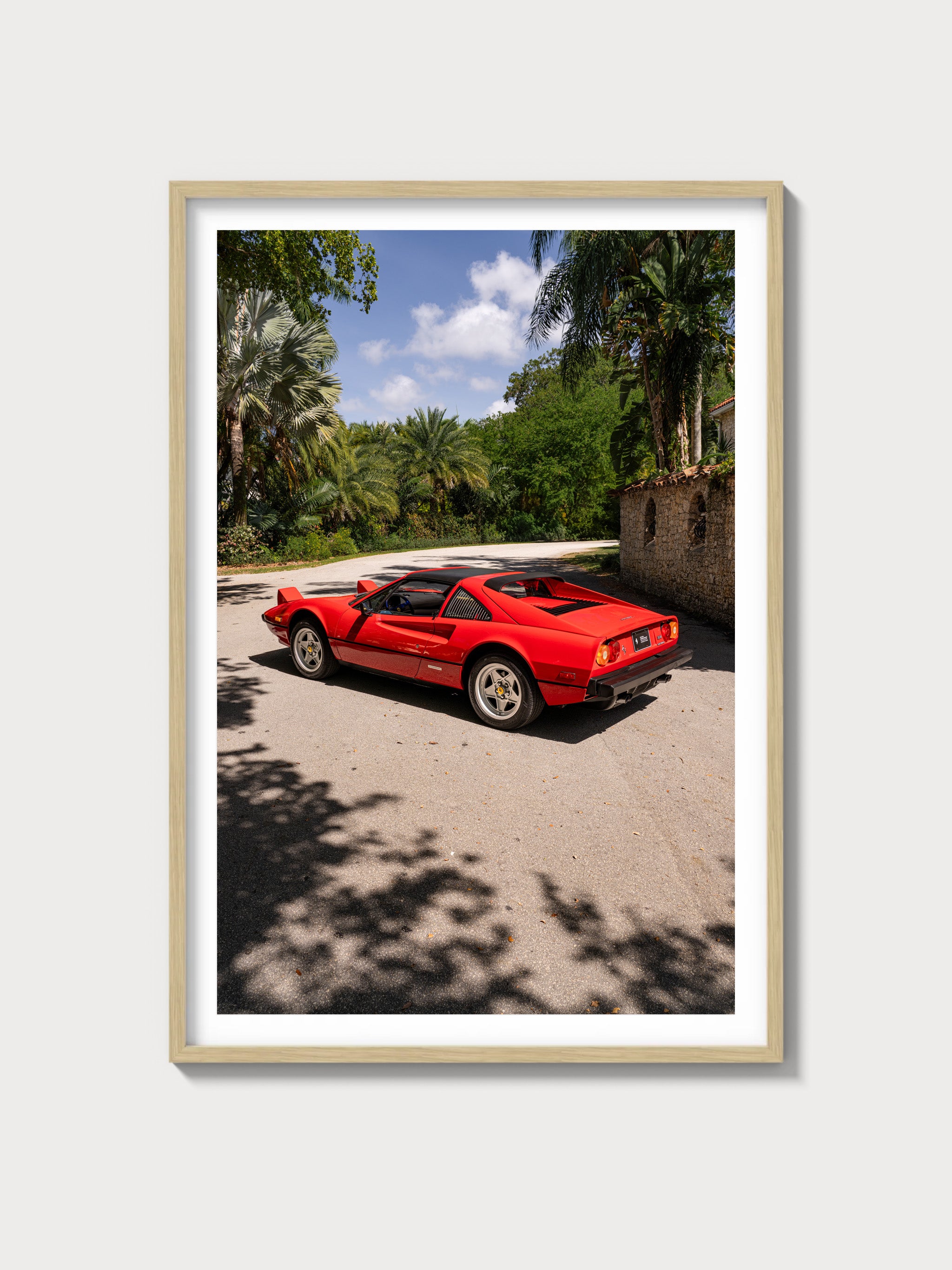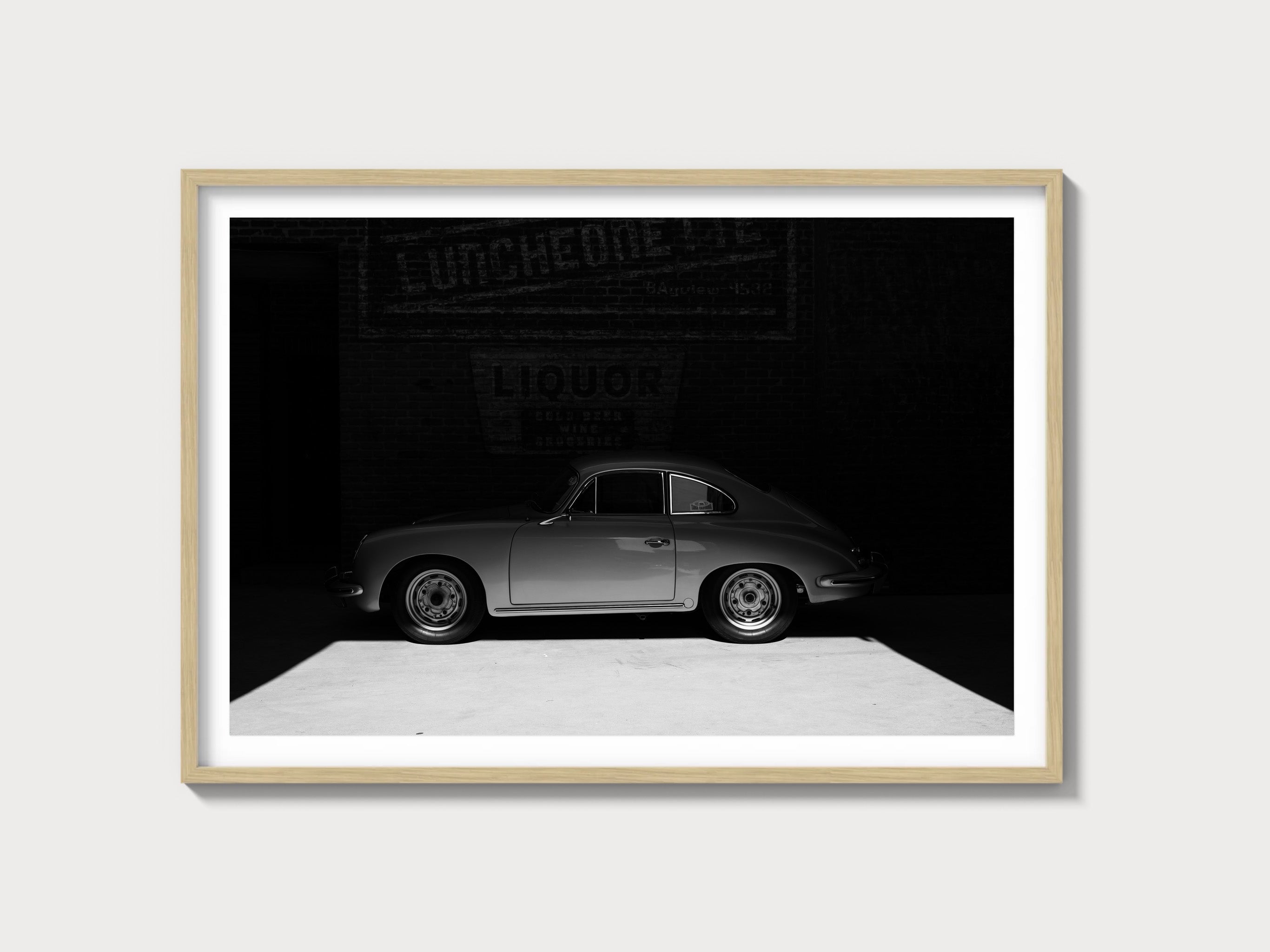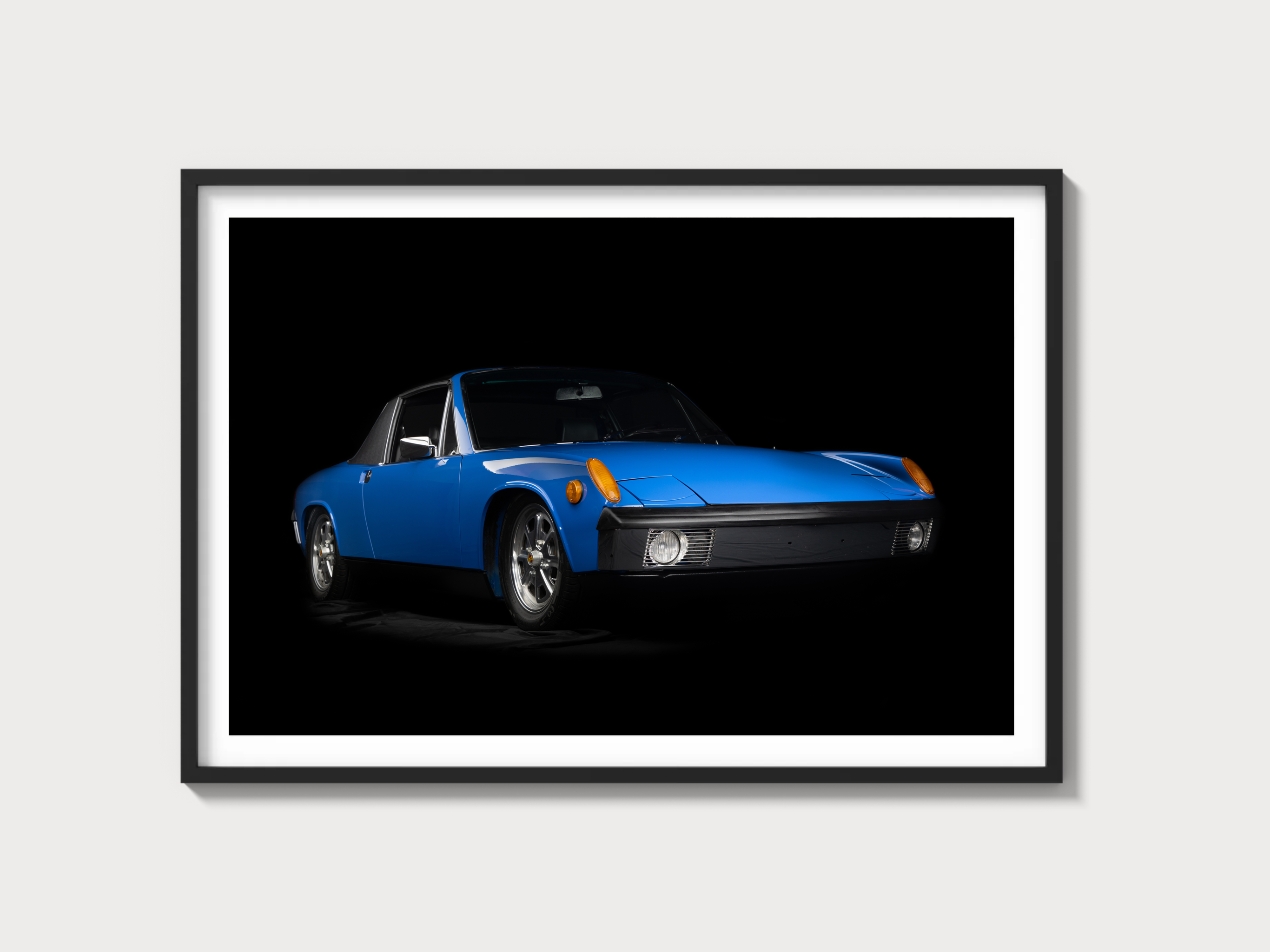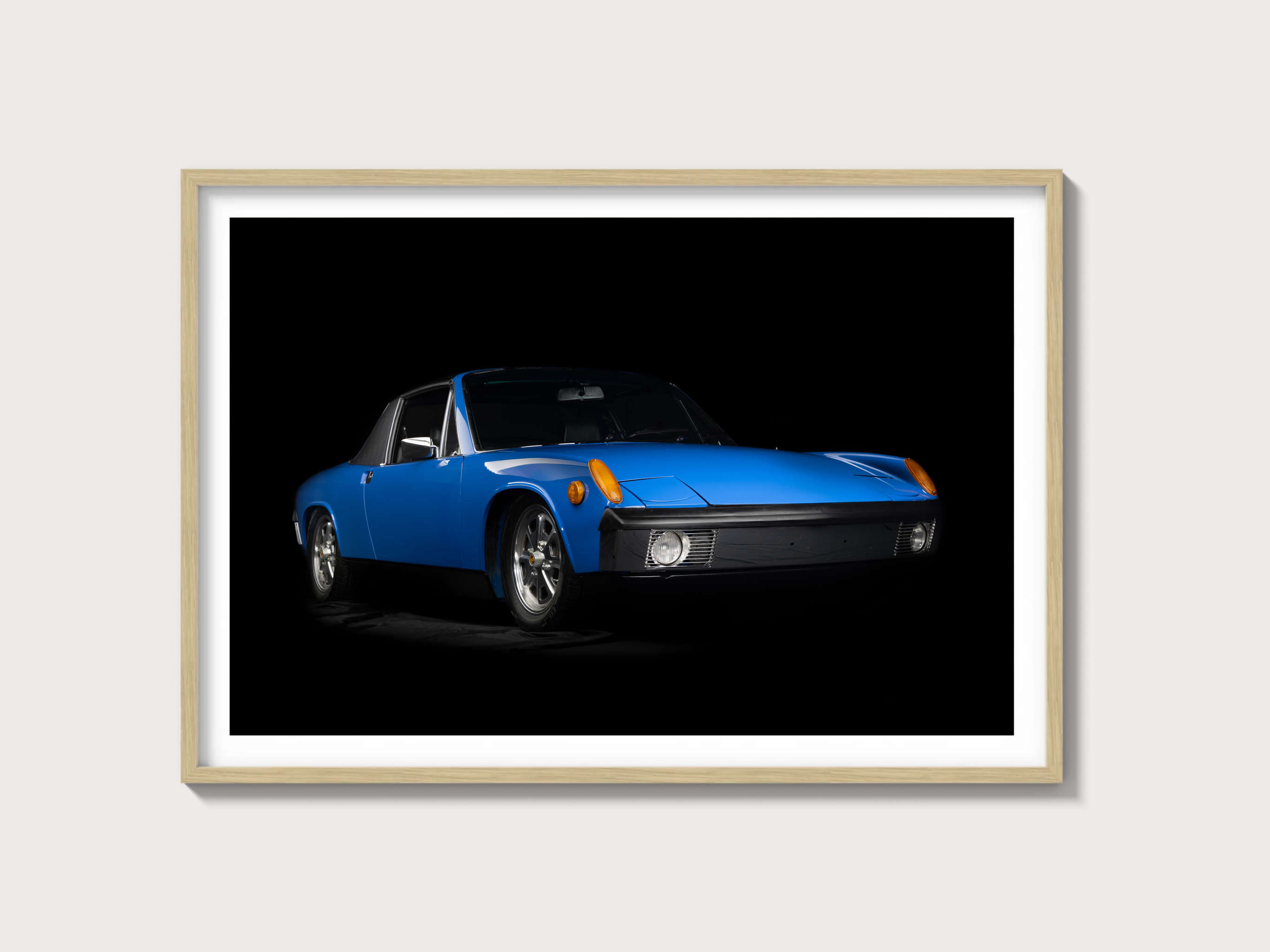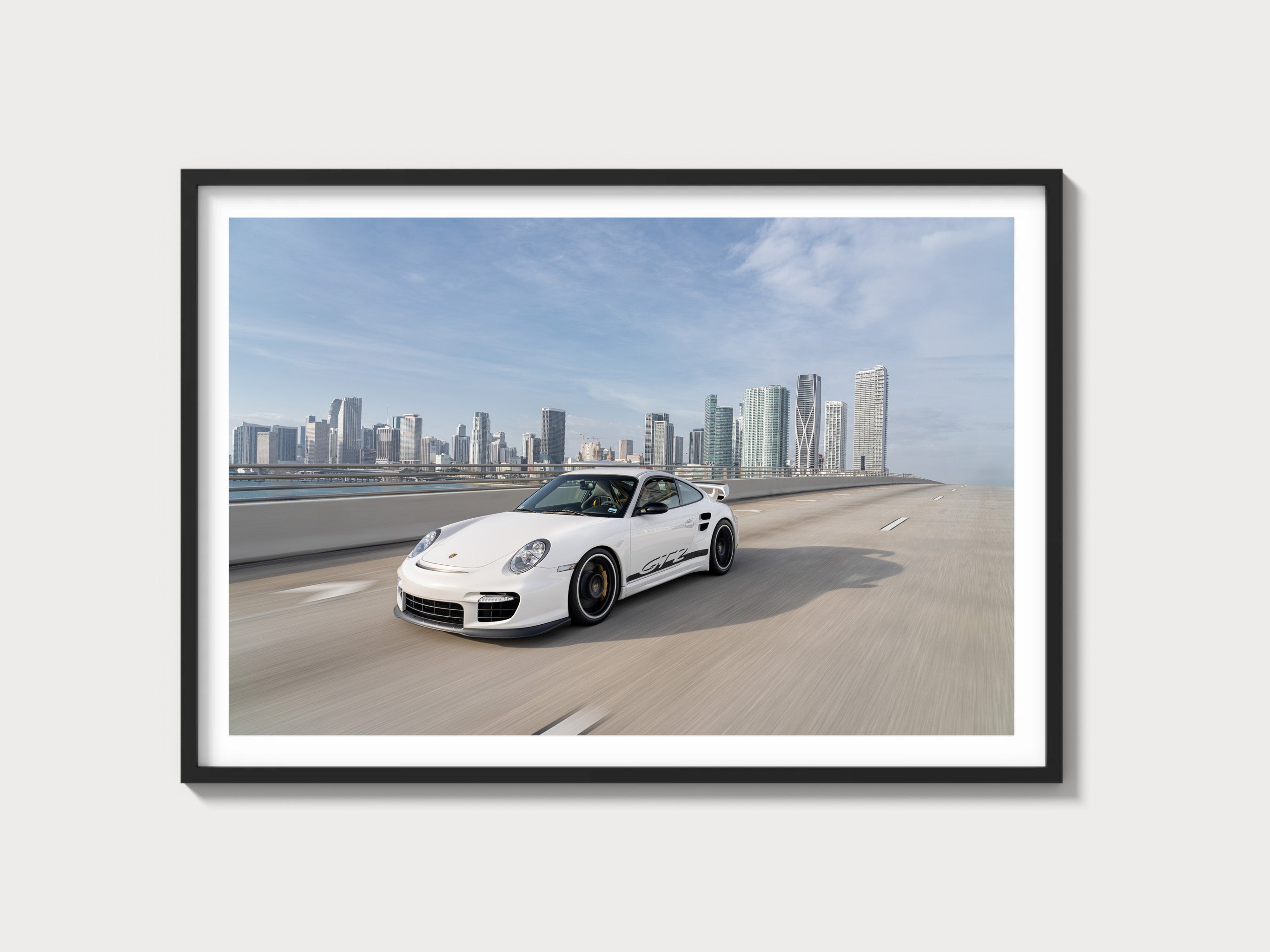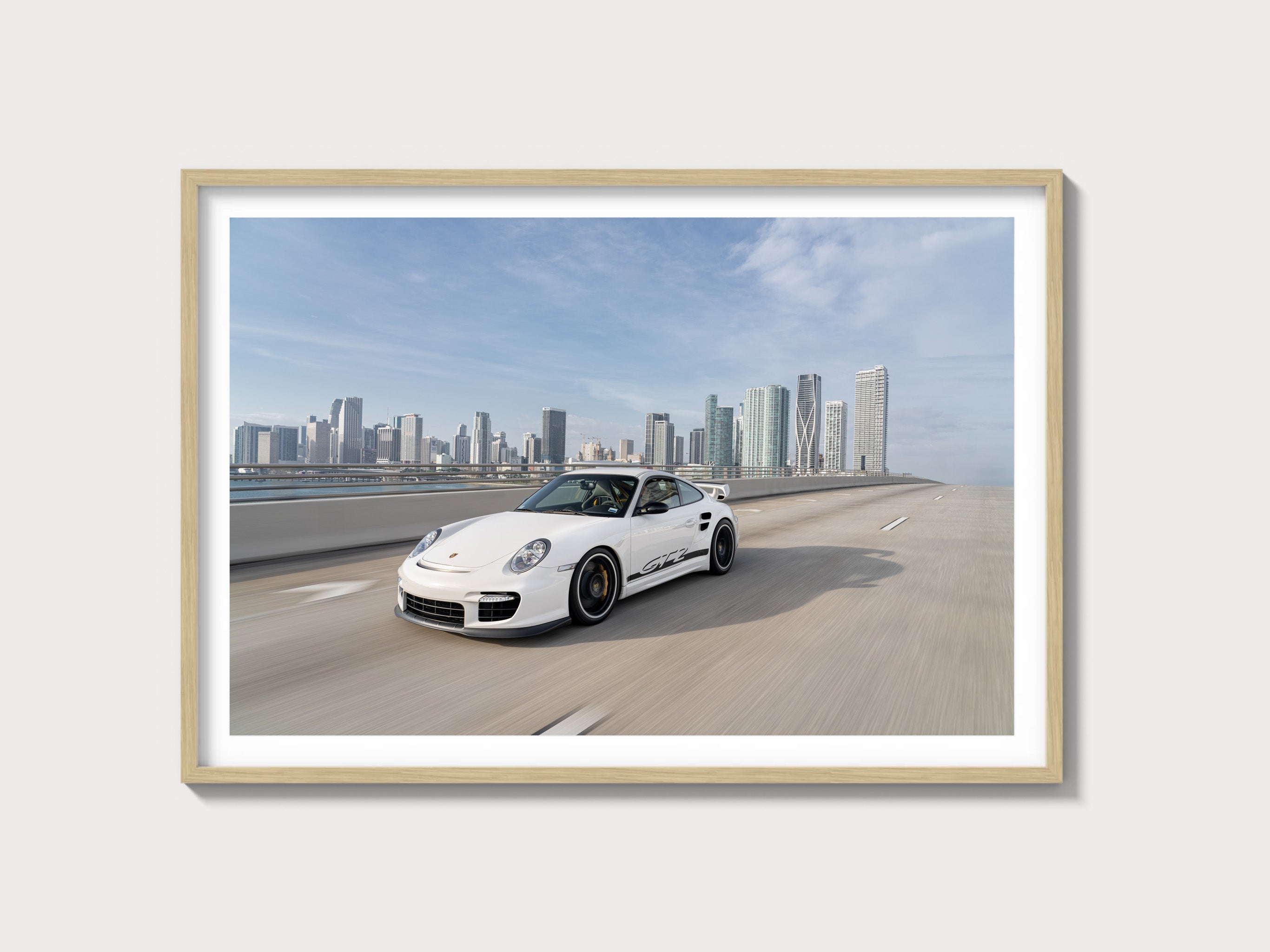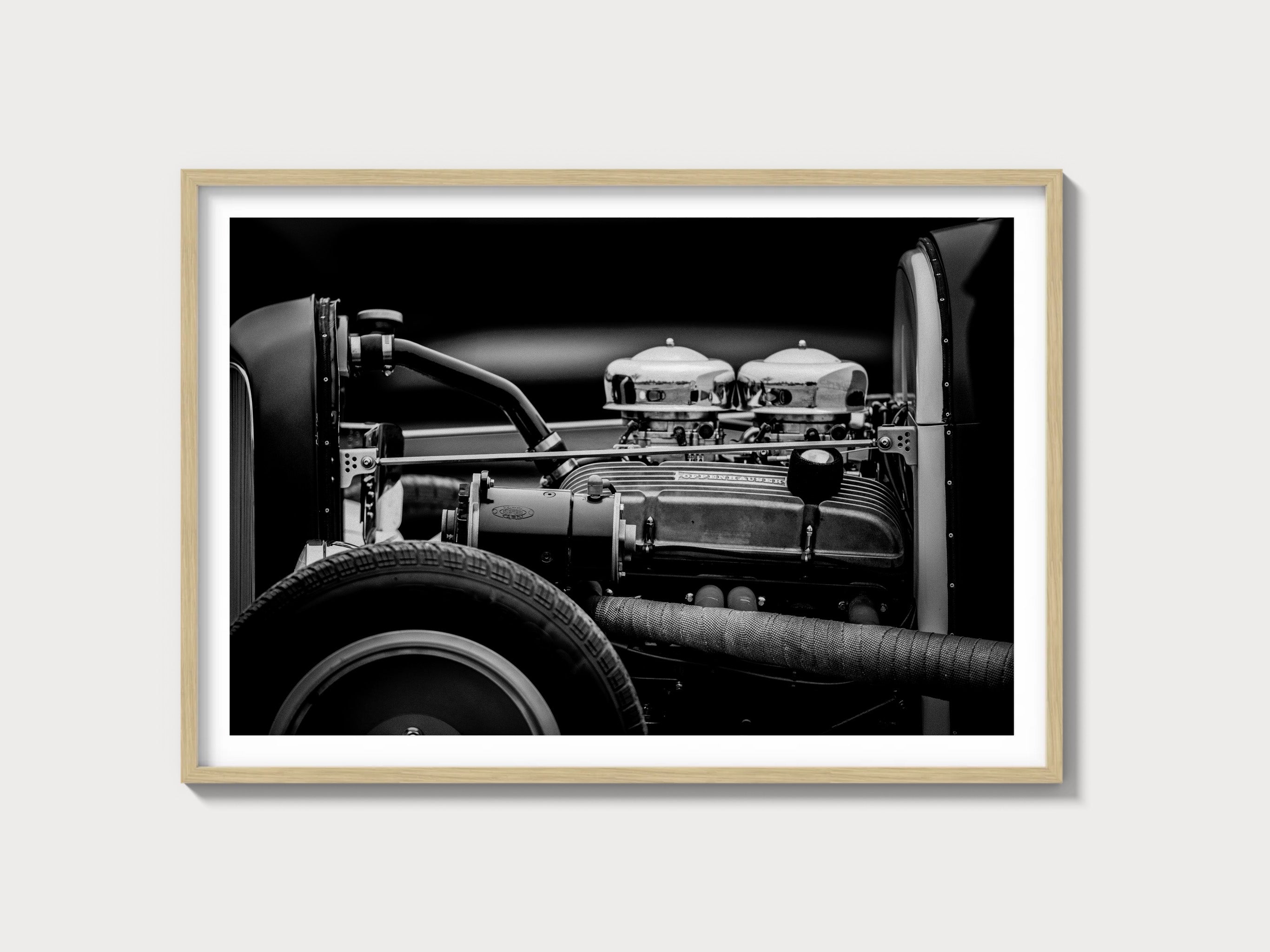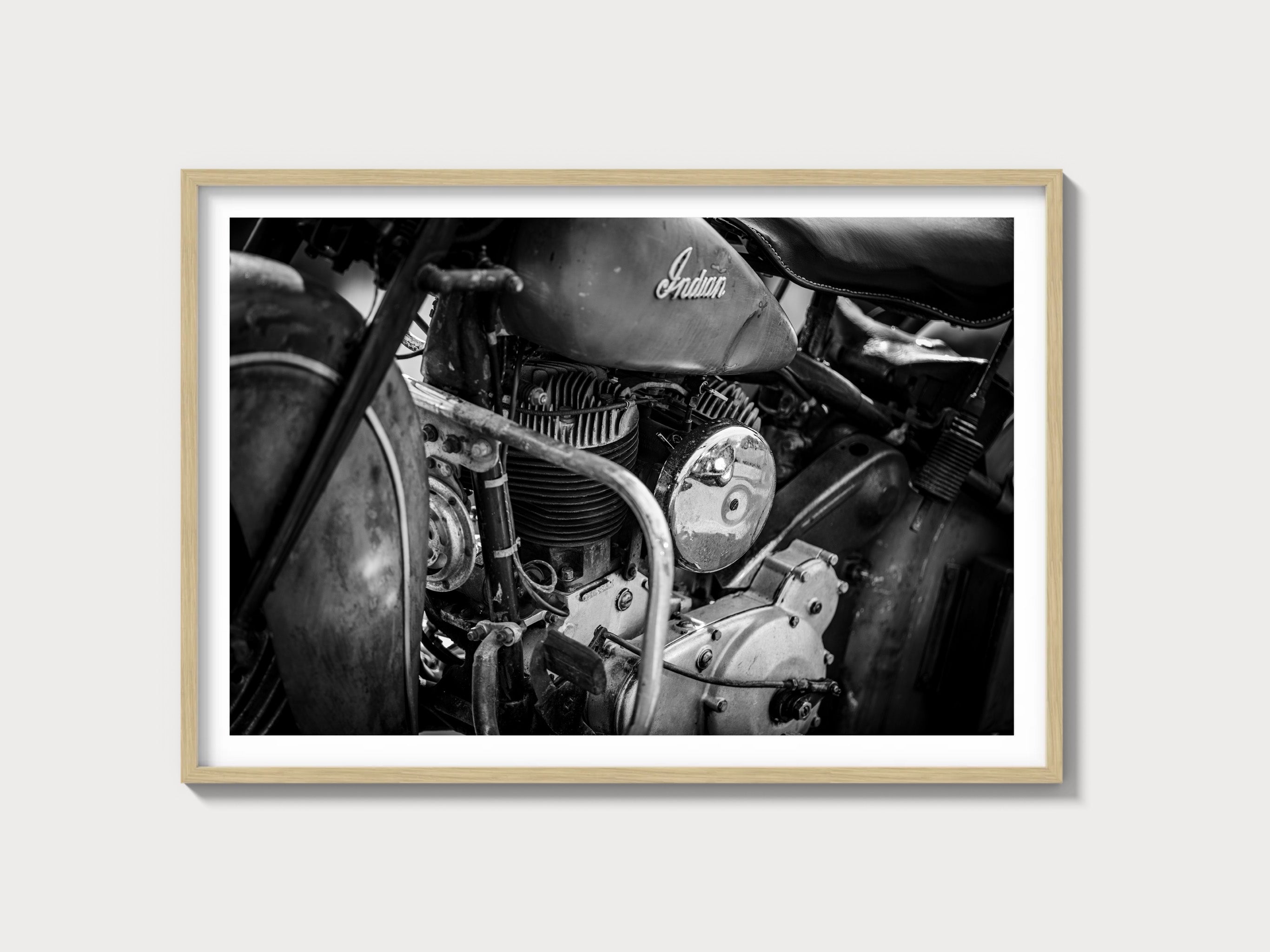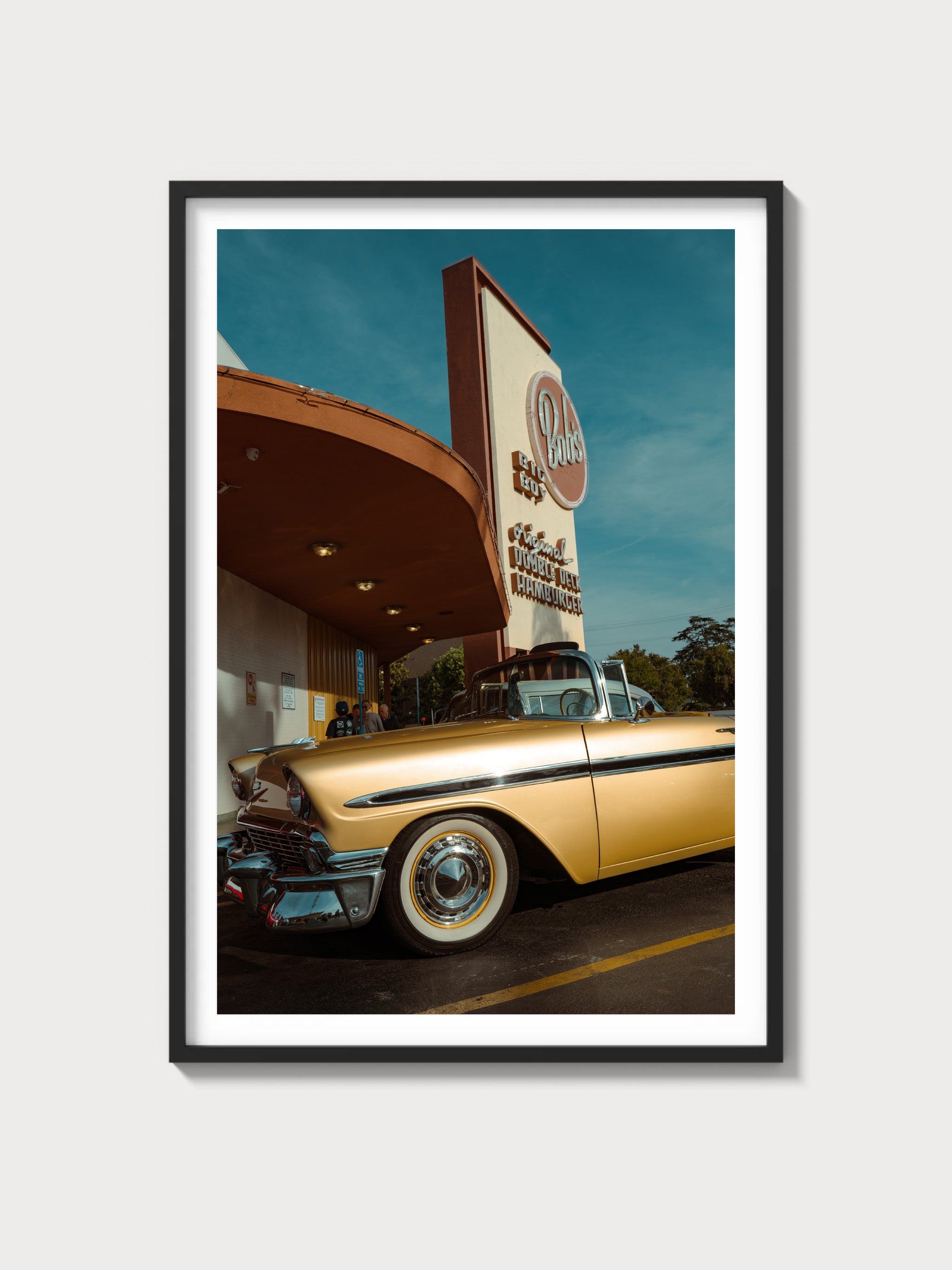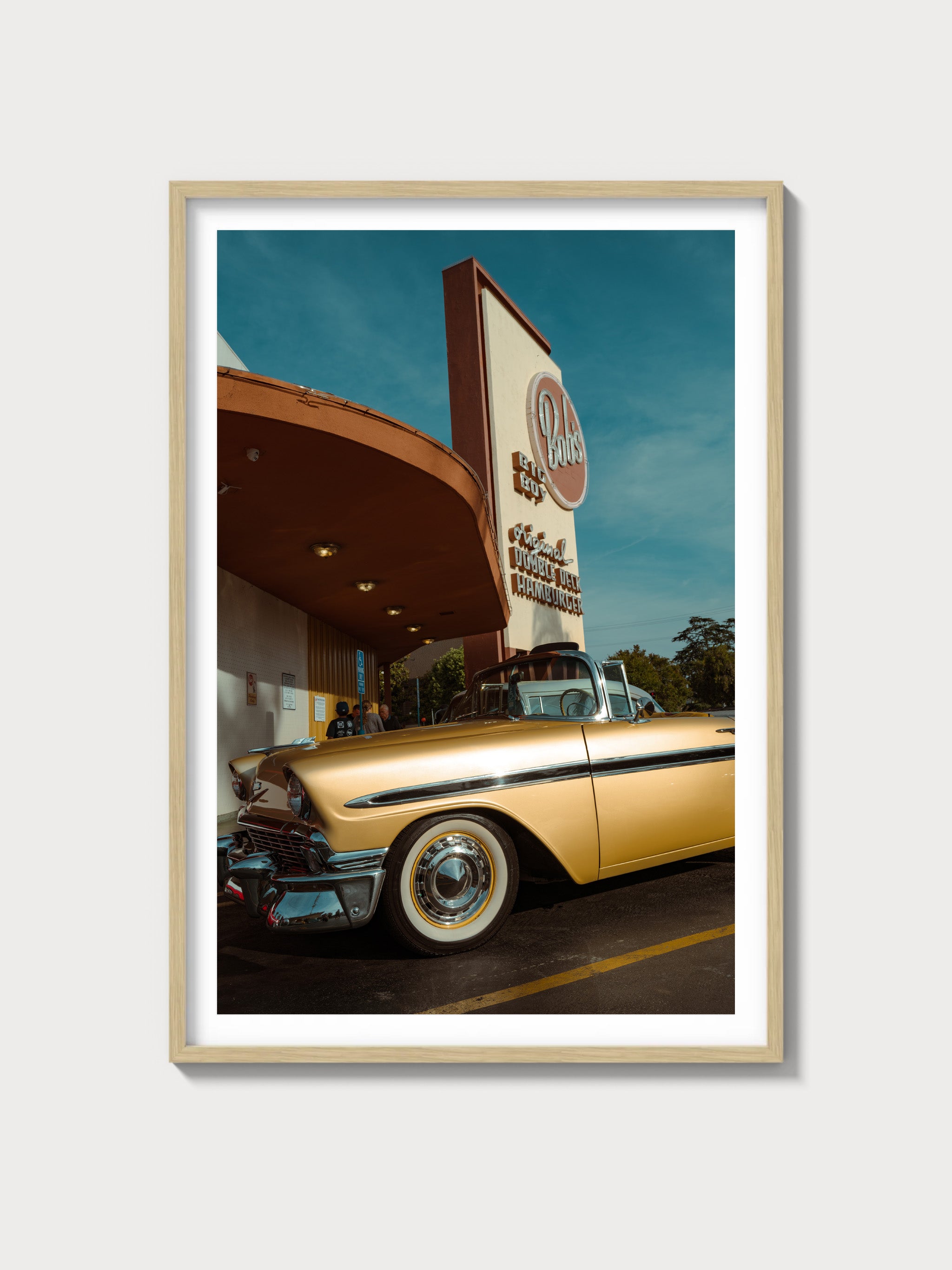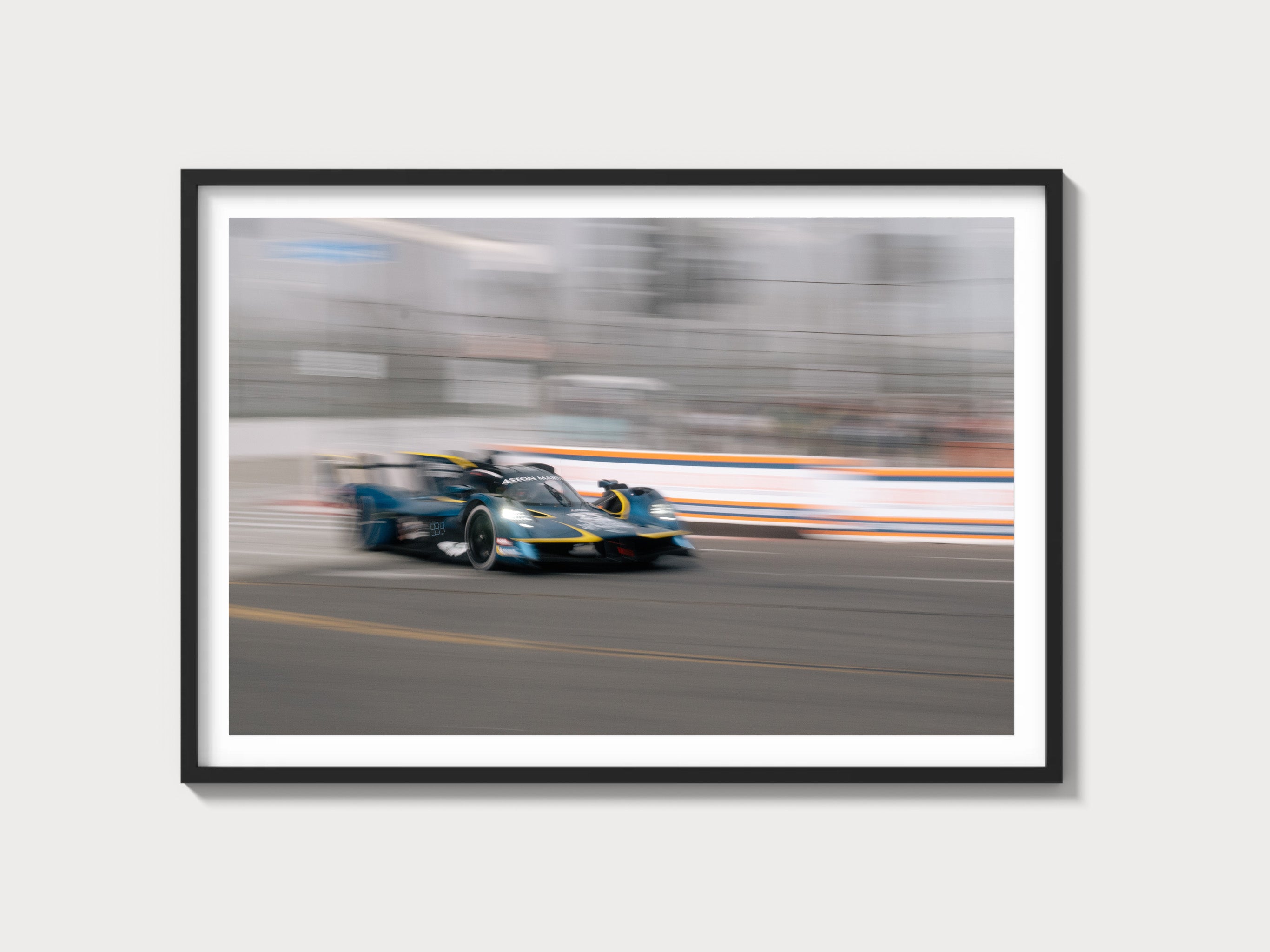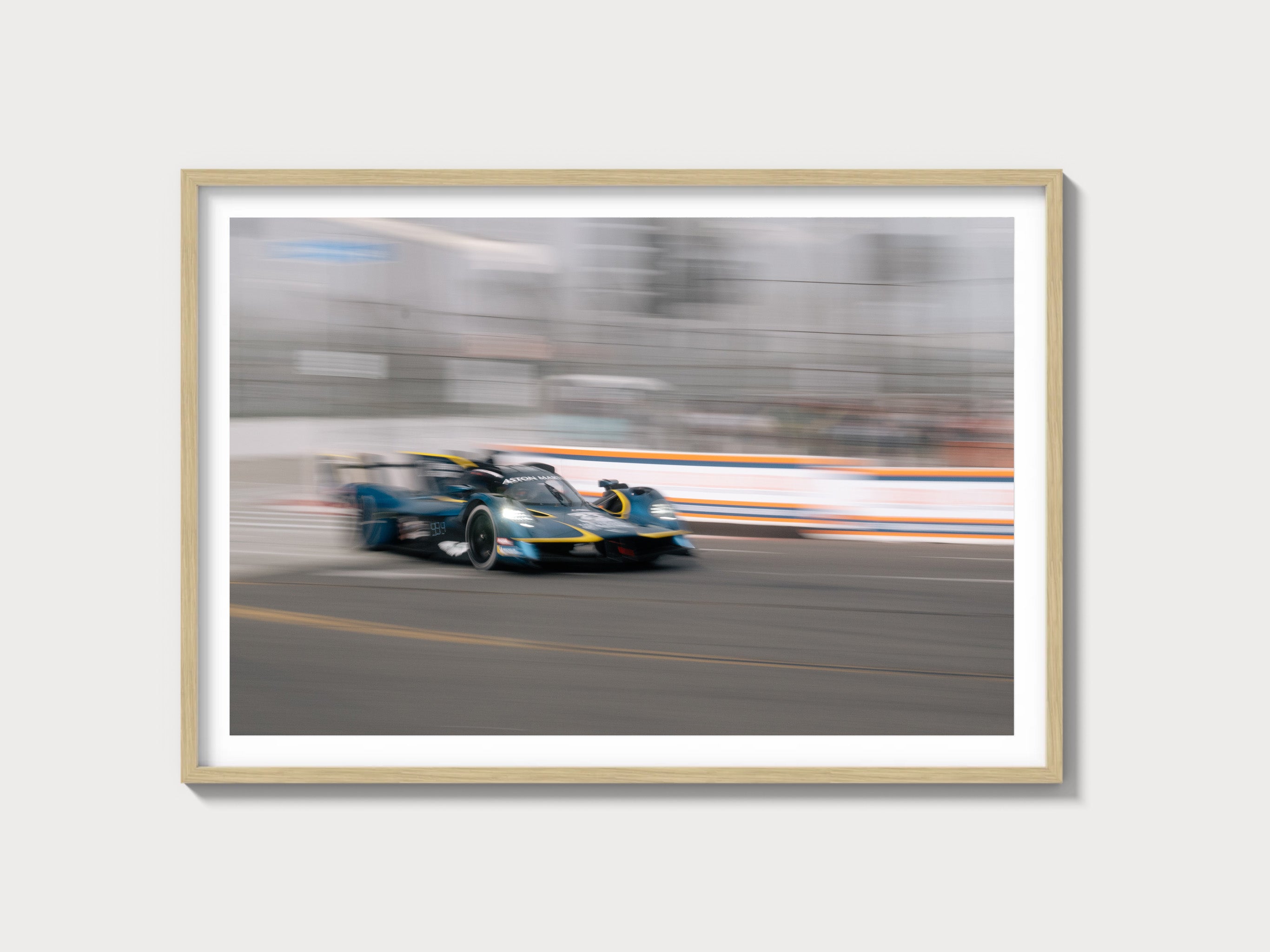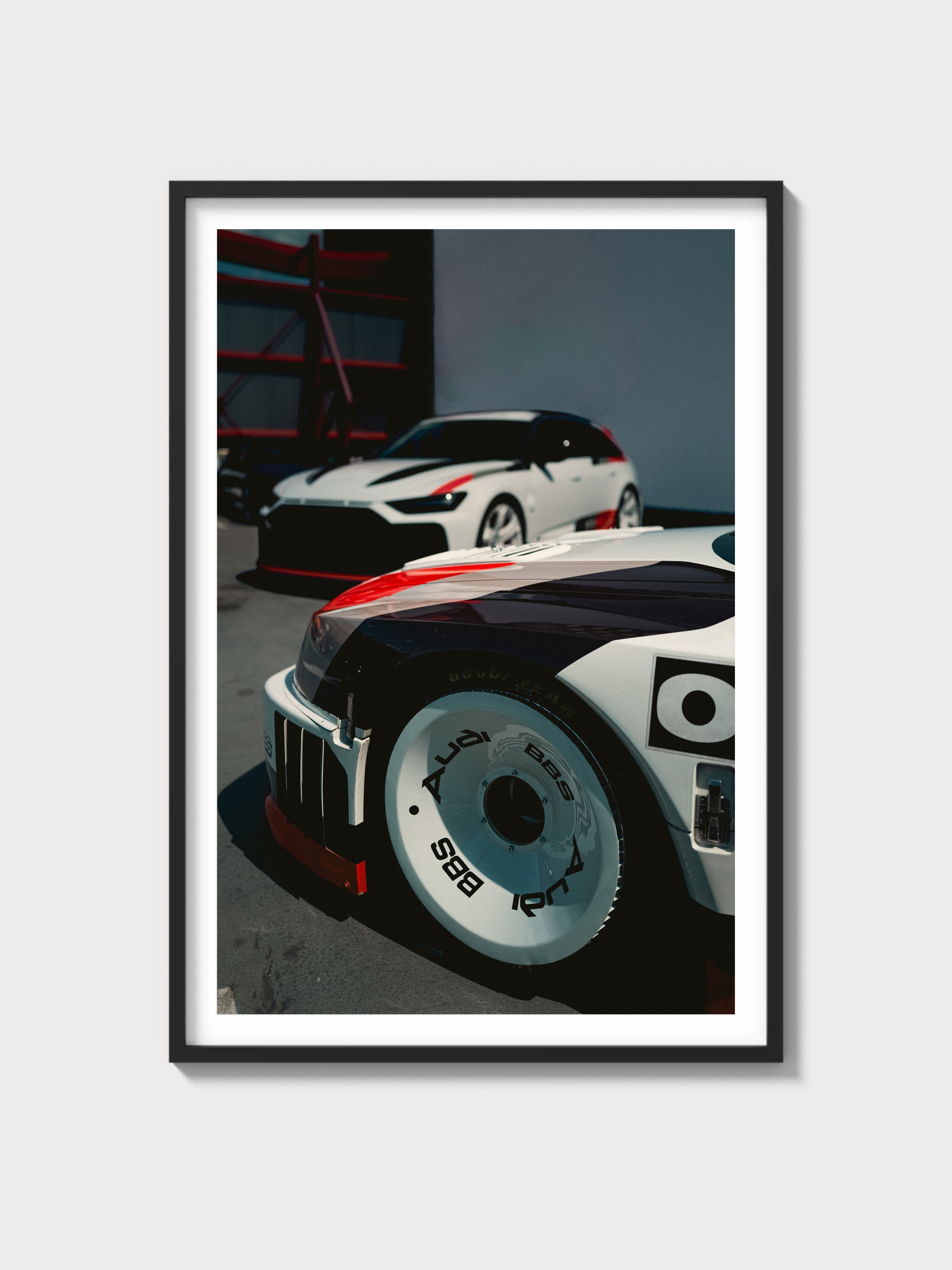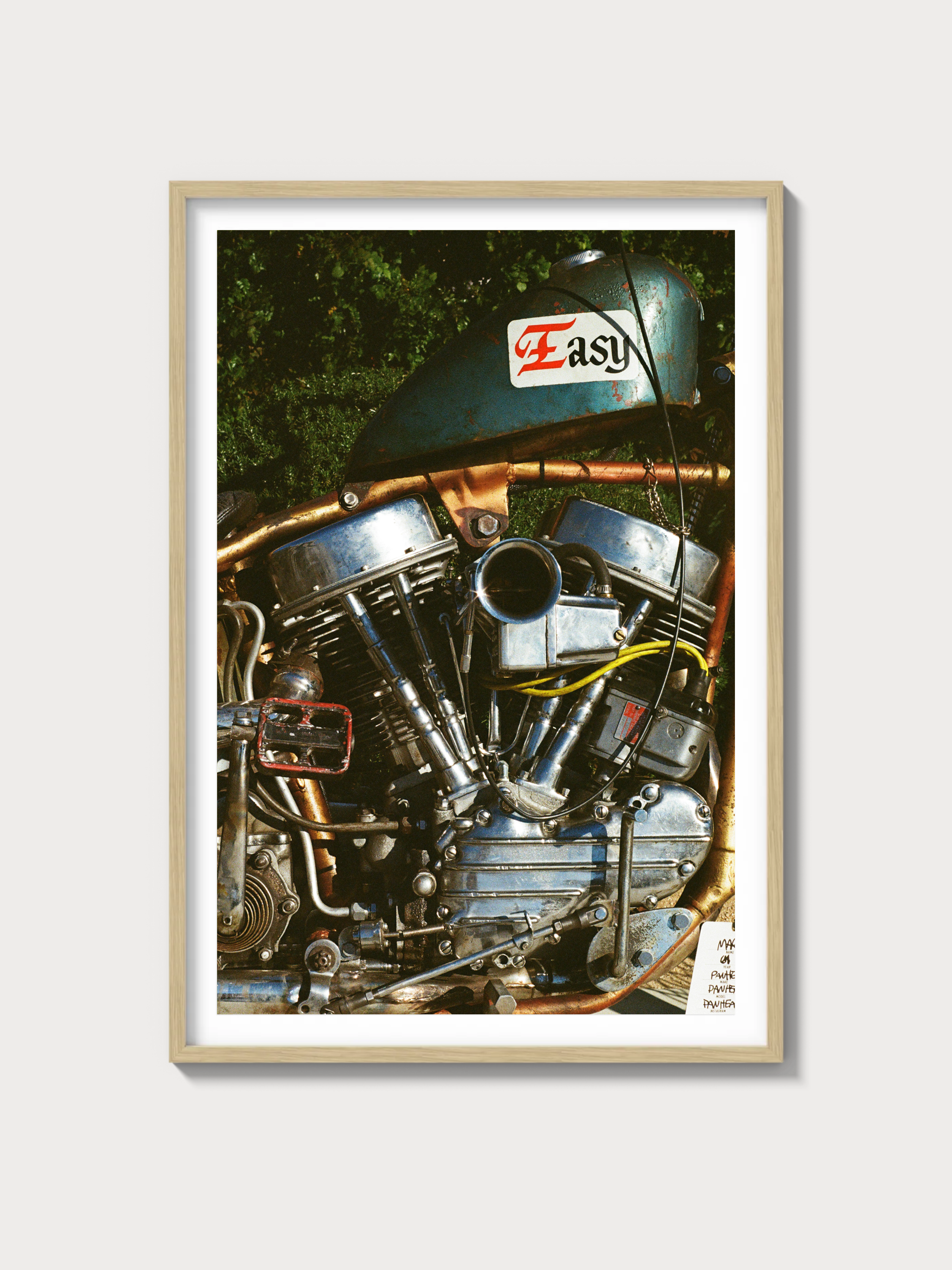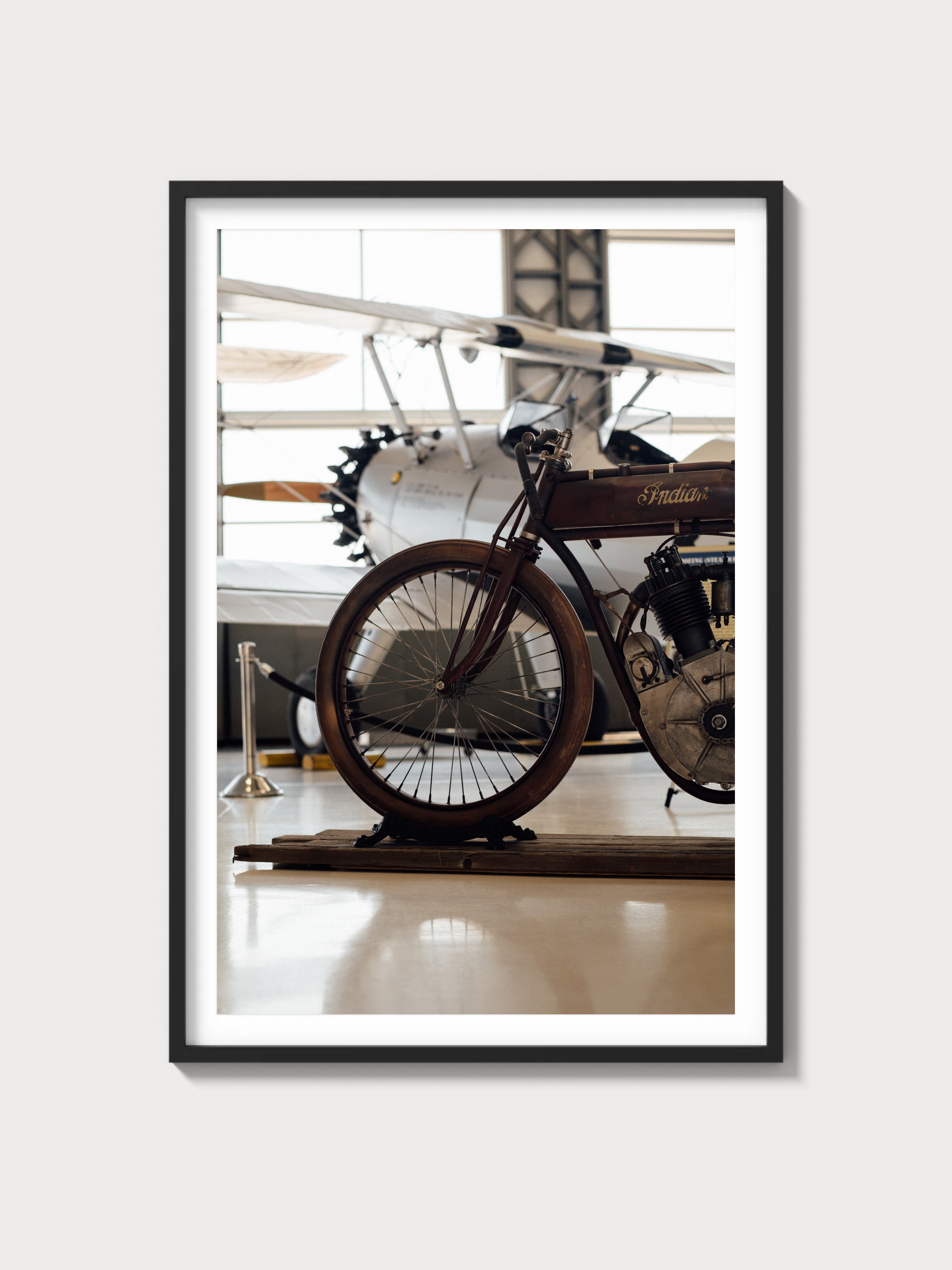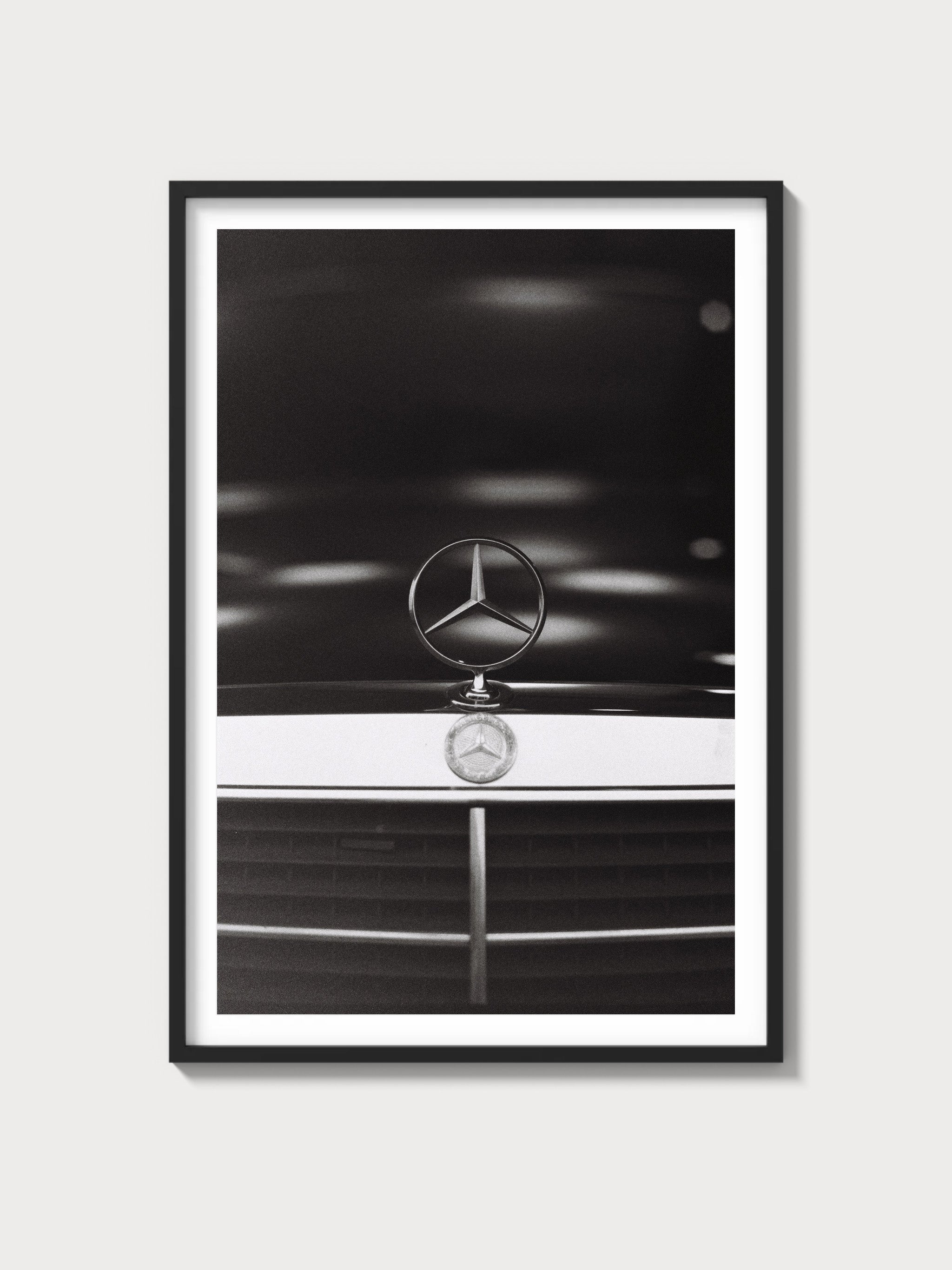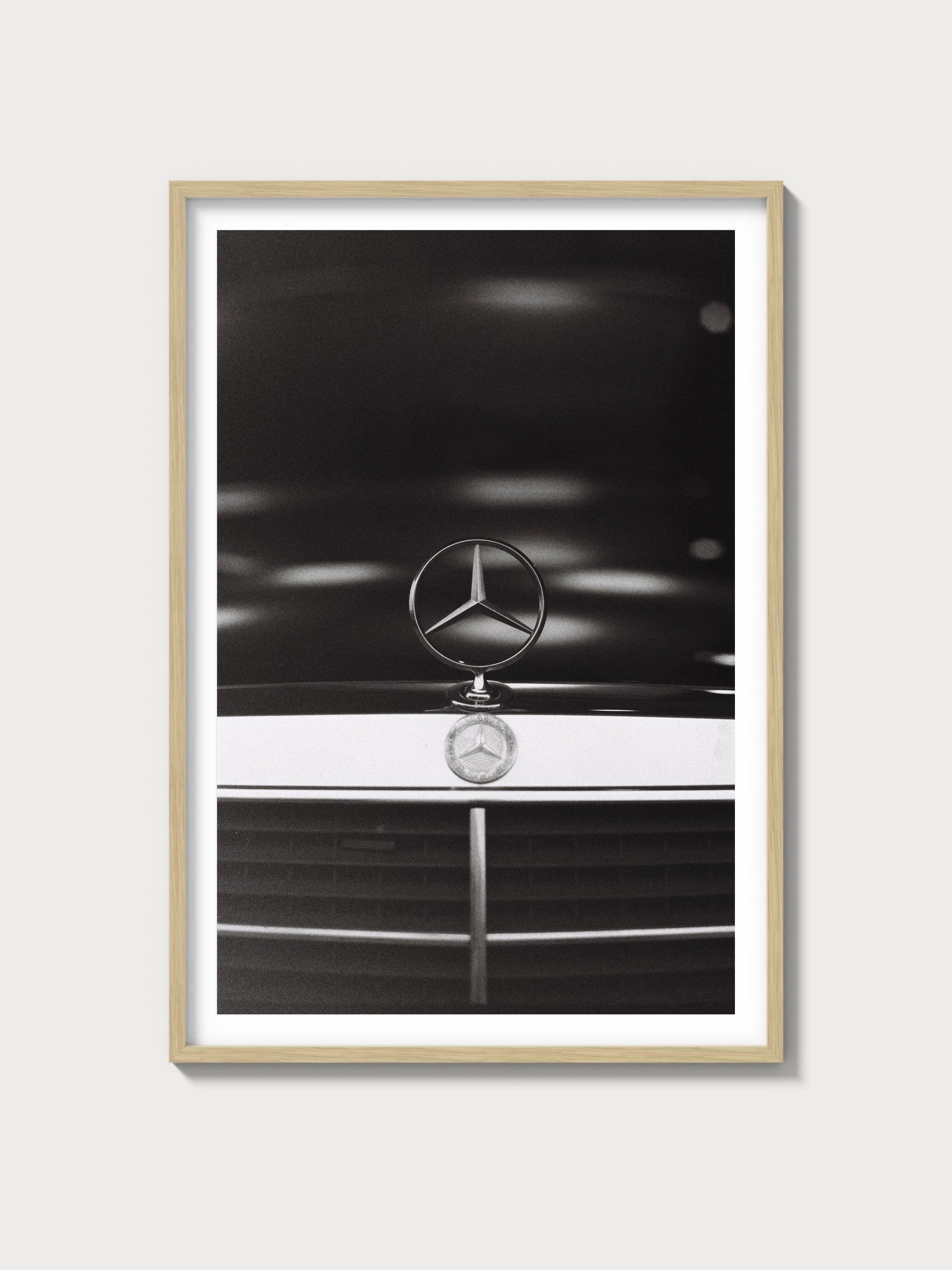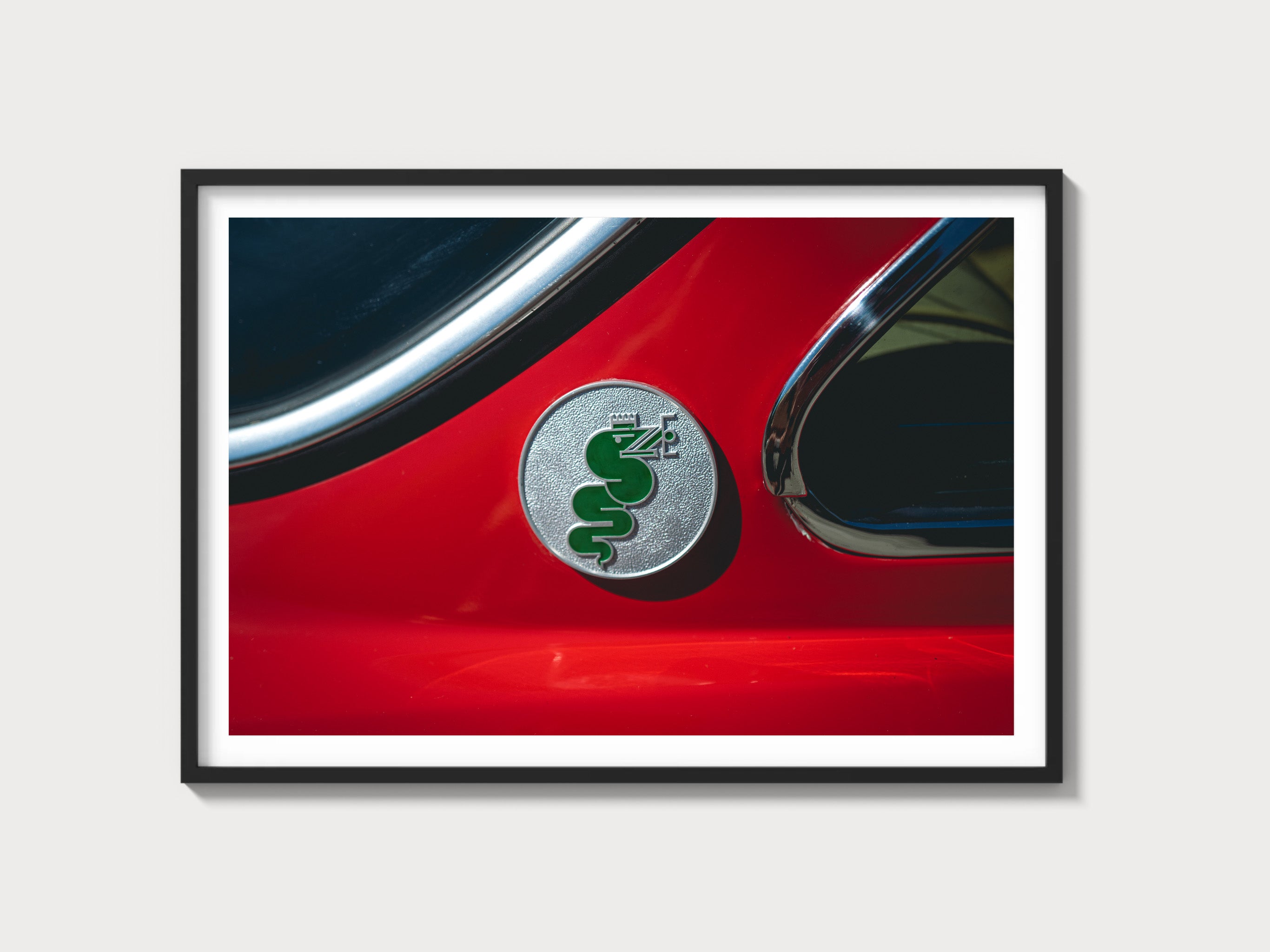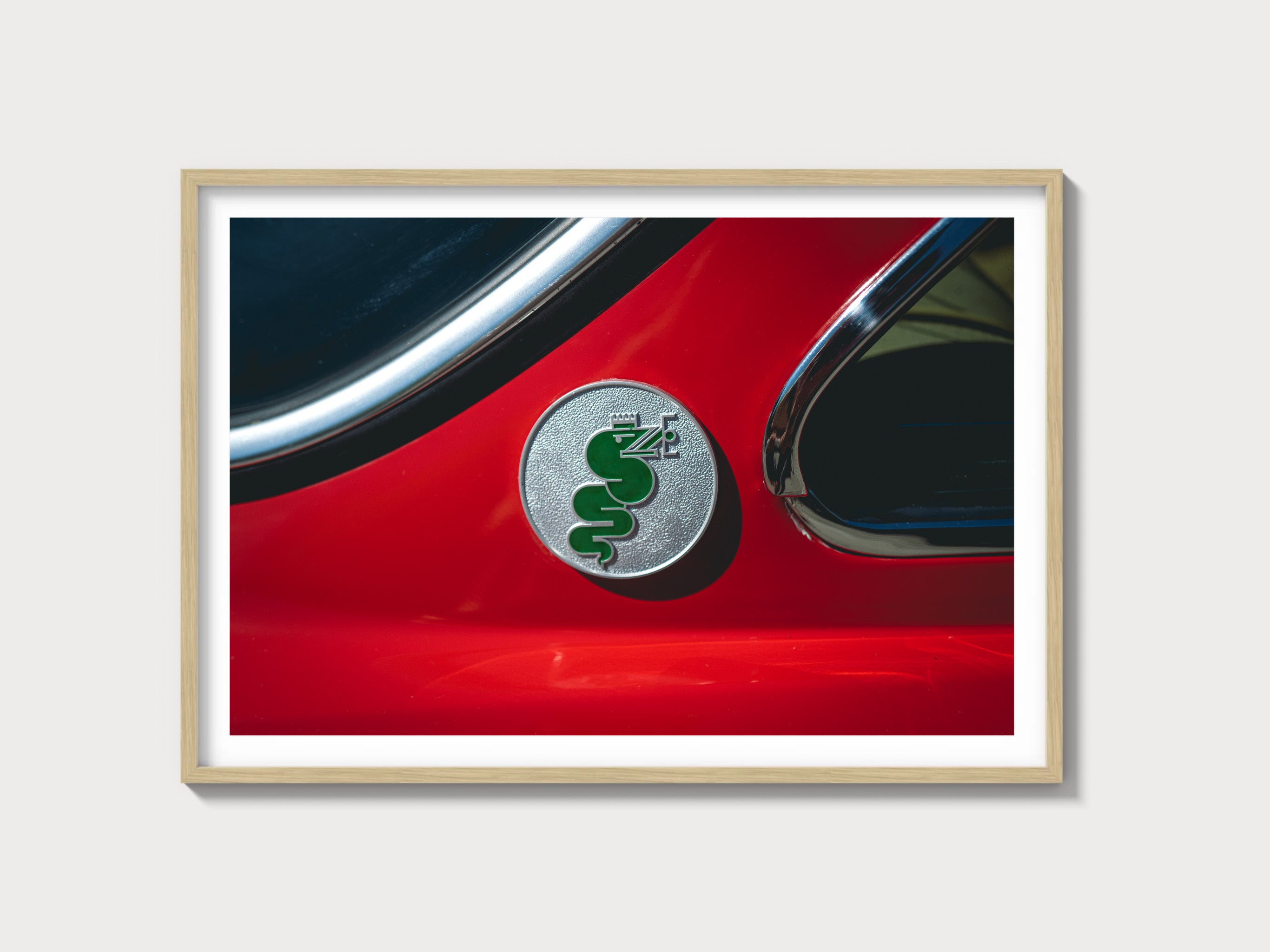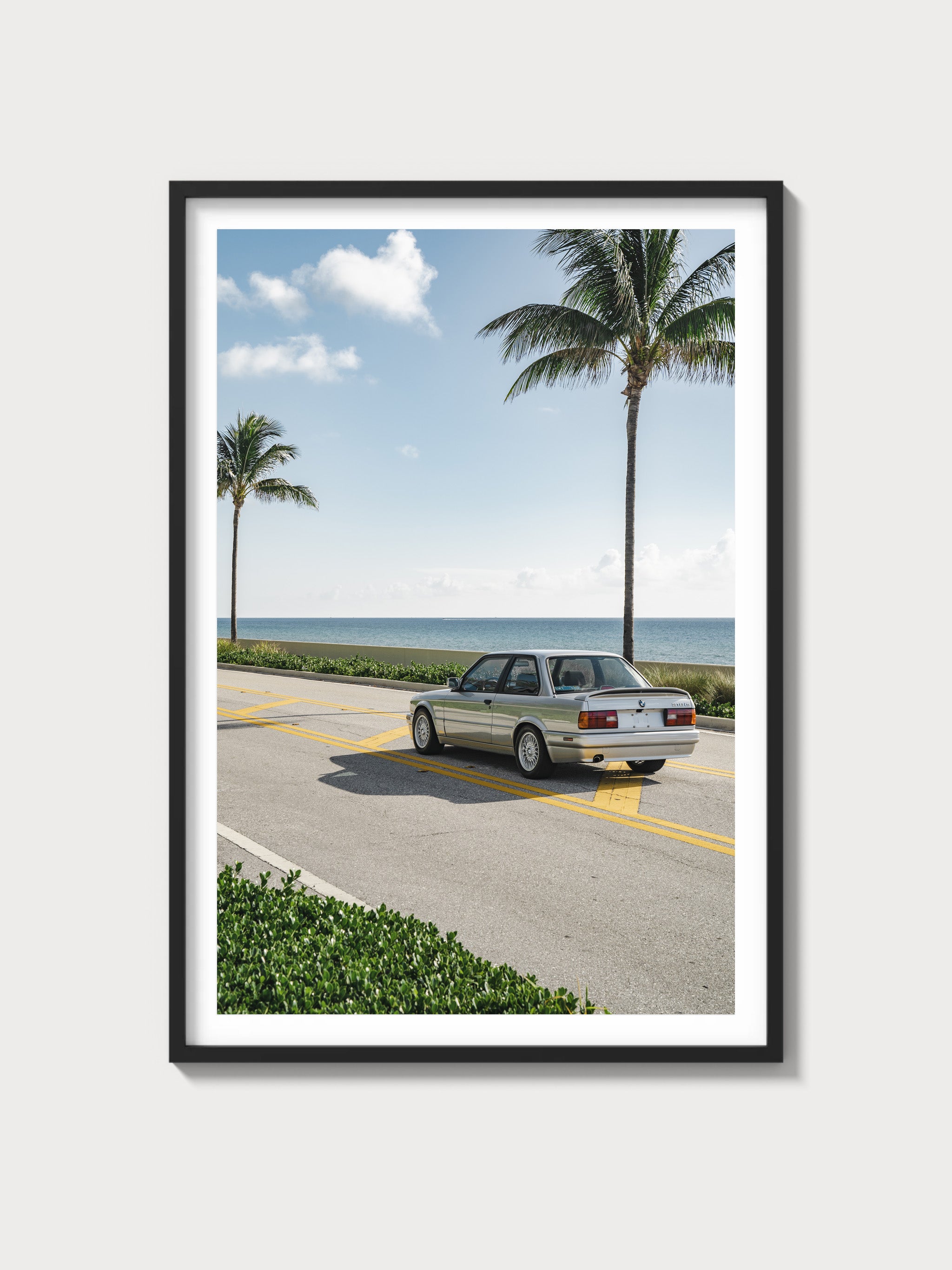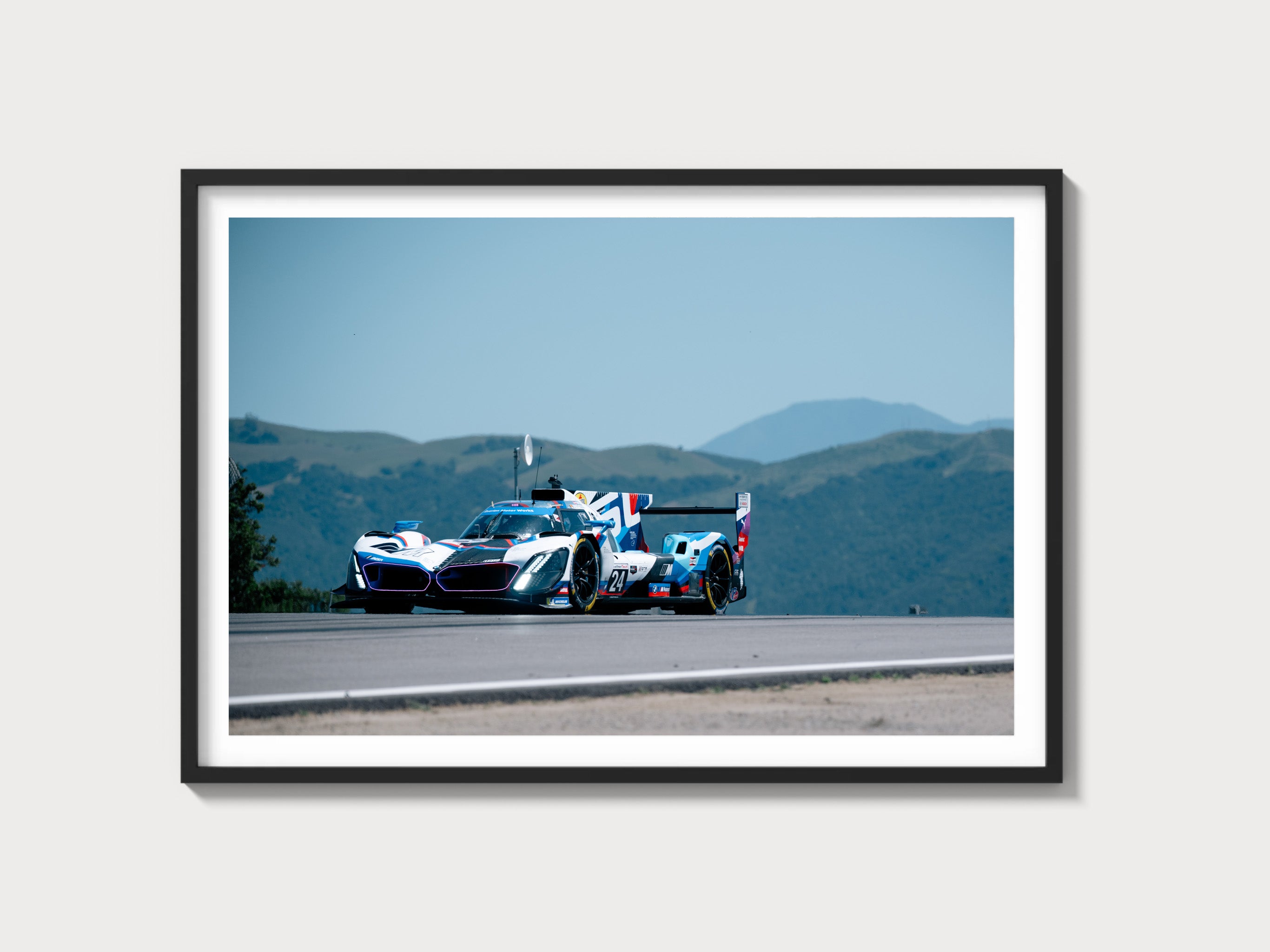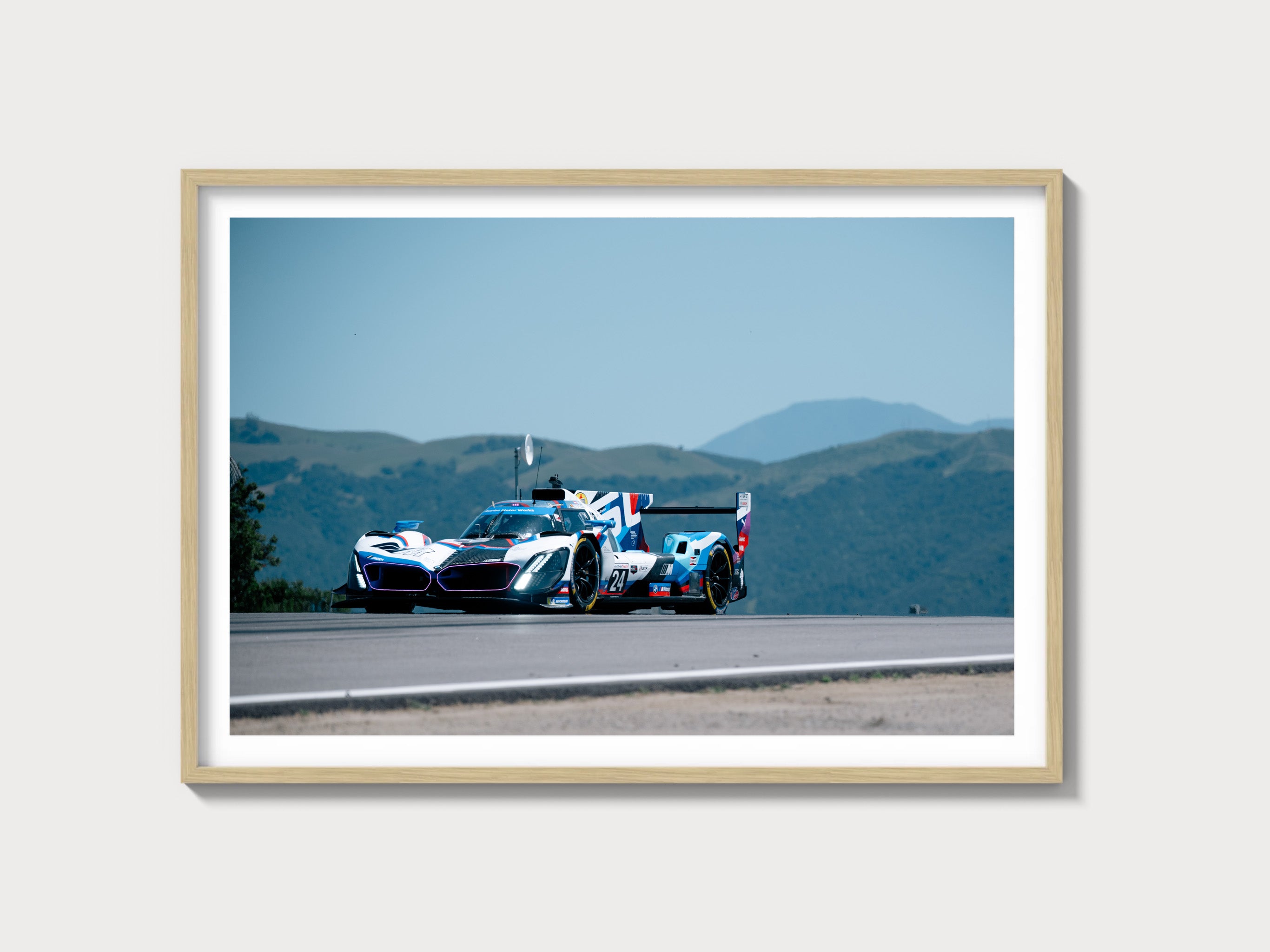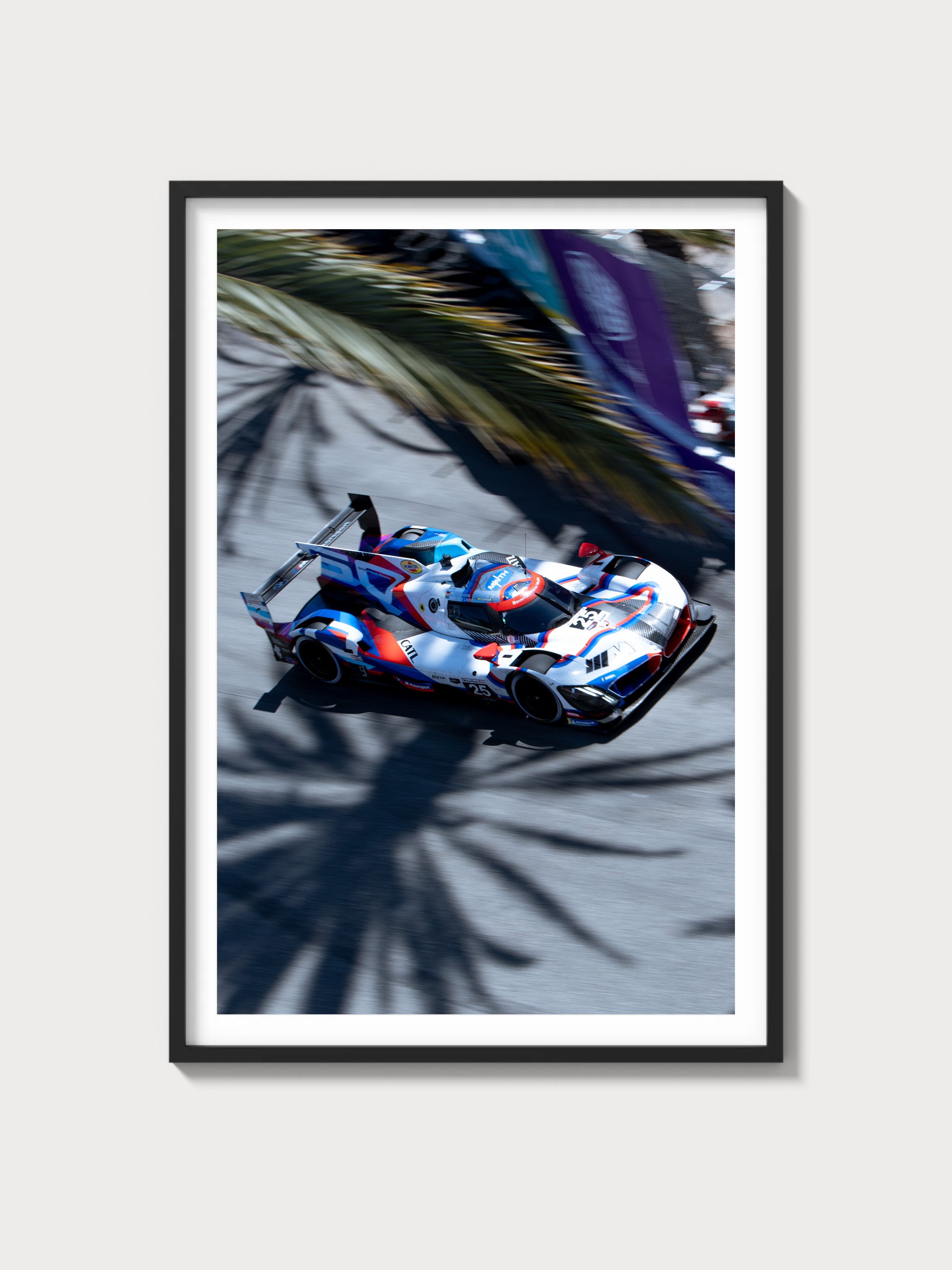Ferrari 250 GT Berlinetta “Tour de France” (TdF): The Definitive History, Specs, and Legacy
Introduction: Ferrari’s Racing GT Pinnacle
In the storied evolution of Ferrari’s 250 series, the 250 GT Berlinetta “Tour de France” (TdF), introduced in 1956 and refined by 1958, stands as a racing legend—a grand tourer engineered for competition yet versatile enough for the road. Powered by a 3.0-liter Colombo V12, this model saw 77 long-wheelbase (LWB) units crafted by Scaglietti, each a lightweight masterpiece under Pininfarina’s design. Evolving from the 250 MM, the TdF earned its name from four consecutive Tour de France rally victories (1956-1959), cementing its status as a precursor to the 250 GTO.
The year 1958 marked Ferrari’s GT racing zenith, its California Spyder and 250 Testa Rossa dominating tracks. The TdF, refined with four headlight designs by 1958, was a privateer’s dream. This exhaustive history, crafted with a Ferrari historian’s precision, explores its technical brilliance, its racing triumphs, its iconic styling, and its monumental legacy.
Historical Context: Ferrari’s GT Racing Dominance
The Ferrari 250 GT Berlinetta TdF emerged during a golden age of motorsport for Maranello. By 1958, Ferrari’s racing pedigree—410 Superamerica’s luxury, 250 TR’s Le Mans wins—had solidified its reputation, yet the World Sportscar Championship (WSC) demanded road-legal GTs. The 250 MM and 340 MM had excelled, but stricter homologation rules favored production-based racers. The TdF, launched in 1956, answered, its 1958 iterations perfecting the formula with enhanced aerodynamics and power.
Seventy-seven LWB units were built (1956-1959)—across five series: 14 single-louver, 9 three-louver, 36 four-headlight covered, 10 four-headlight exposed, 8 transitional. Chassis 1031GT, a 1958 four-headlight model, raced the Mille Miglia, its sleek form a testament to Scaglietti’s craft. This was a car for gentleman racers—Olivier Gendebien, Alfonso de Portago—its production run homologating it for GT glory amid Italy’s late-1950s motorsport surge.
The broader context of 1958 framed its purpose. The WSC pitted Ferrari against Maserati’s 300S, Porsche’s 550A, and Aston Martin’s DB3S. The TdF’s lightweight chassis and potent V12 made it a versatile titan, balancing track dominance with road usability.
Technical Specifications: The Colombo V12’s Racing Edge
The Ferrari 250 GT Berlinetta TdF’s core was its 3.0-liter Colombo V12—a race-tuned engine optimized for GT competition. Below, we dissect its engineering with historian’s detail.
Engine: Colombo’s 3.0-Liter Powerhouse
Displacing 2,953 cc (bore 73 mm, stroke 58.8 mm), the TdF’s V12 matched the 250 GT Coupé but was tuned higher. With a single overhead camshaft per bank, a 9.0:1 compression ratio, and triple Weber 40 DCL/6 carburetors, it produced 260 horsepower at 7,200 rpm—20 hp more than the Coupé. The aluminum block and heads, wet-sump lubrication, and 60-degree V-angle weighed 275 lbs, delivering 190 lb-ft of torque at 5,500 rpm.
This engine was a racing gem. Chassis 1111GT, a 1958 TdF, hit 280 hp with high-lift cams and velocity stacks, rivaling the 250 TR, yet its wet sump ensured road reliability.
Performance: Track-Bred Speed
The TdF reached 162 mph (260 km/h)—verified by Autosport’s 1958 test—outpacing the Coupé’s 155 mph, with a 0-60 mph time of ~6.5 seconds. Its power-to-weight ratio (248 hp/ton) crushed the Coupé (185 hp/ton), its lightweight body amplifying its agility.
Chassis and Suspension: Racing Precision
The chassis was a tubular steel ladder frame, weighing 1,050 kg (2,315 lbs)—lighter than the Coupé’s 1,300 kg thanks to its aluminum body. Its 2,600 mm wheelbase matched the Coupé, but stiffer springs and shocks honed its handling. Front suspension used double wishbones with a transverse leaf spring, while the rear featured a live axle with semi-elliptic leaf springs (coil springs from 1959), tuned for track and rally.
Transmission and Brakes: Competition Control
A 4-speed manual gearbox—non-synchronized, with a heavy-duty clutch—drove the rear wheels, its ratios (1st: 2.85, 4th: 0.96) favoring acceleration. Braking used 14-inch hydraulic drum brakes (discs standard by 1959), delivering 1.0g deceleration—a leap over earlier GTs.
| Specification | Details |
|---|---|
| Engine | 3.0L V12, 260-280 hp @ 7,200 rpm |
| Displacement | 2,953 cc (73 mm x 58.8 mm) |
| Top Speed | ~162 mph (260 km/h) |
| 0-60 mph | ~6.5 seconds |
| Weight | 1,050 kg (2,315 lbs) |
| Transmission | 4-speed manual |
| Suspension (Front) | Double wishbone, transverse leaf springs |
| Suspension (Rear) | Live axle, semi-elliptic leaf springs (coils 1959) |
| Brakes | Hydraulic drums, 14-inch (discs 1959) |
Design and Styling: Scaglietti’s Racing Art
The Ferrari 250 GT Berlinetta TdF’s aesthetic was a blend of function and beauty, crafted by Scaglietti under Pininfarina’s vision.
Exterior: Aerodynamic Elegance
Scaglietti built all 77 TdFs—chassis 1031GT (1958) featured a low grille, single louvers (later four headlights), and a fastback roof, finished in Rosso Corsa. Series evolved: single-louver (1956), three-louver (1957), four-headlight covered (1958), exposed (1959). The 2,600 mm wheelbase kept it taut, aluminum bodies minimizing weight.
Interior: Spartan Focus
The cockpit was a racer’s lair: leather bucket seats, a wood-rimmed steering wheel, and Veglia gauges—tachometer (8,000 rpm redline), speedometer, oil pressure. Minimalist and raw, it prioritized function over the Coupé’s luxury.
Production and Variants: A Racing Series
The Ferrari 250 GT Berlinetta TdF’s 77-unit run (1956-1959) spanned five series: 14 single-louver, 9 three-louver, 36 four-headlight covered, 10 four-headlight exposed, 8 transitional. Chassis 0503GT launched the line, while 1401GT closed it, transitioning to the SWB Berlinetta. All were competition-focused.
Performance and Racing Legacy: A GT Dynasty
The Ferrari 250 GT Berlinetta TdF racing history is a saga of triumph. Chassis 0777GT, driven by Gendebien, won the 1958 Tour de France rally, part of four straight victories (1956-1959). Chassis 0701GT took the 1957 Mille Miglia GT class, while 1111GT won the 1959 Coppa Inter-Europa. Its lightweight chassis and potent V12 dominated GT racing, paving the way for the 250 GTO.
Ownership and Market Value: A Racing Relic
The Ferrari 250 GT Berlinetta TdF value reflects its rarity and victories. Early owners included Gendebien and de Portago. Today, prices range $5-7 million—chassis 1031GT sold for $6.6 million at RM Sotheby’s 2022. Restoration costs—V12 rebuilds at $150,000—underscore its prestige.
Cultural Impact: Ferrari’s Racing GT Apex
The TdF defined Ferrari’s 1950s racing GTs, its design and victories shaping the 250 GTO. In motorsport lore, it’s the car of rally legends and track heroes, a cornerstone of Maranello’s golden age.
Comparisons: Ferrari 250 GT Berlinetta TdF vs Rivals
The Ferrari 250 GT TdF vs Porsche 550A pits 260 hp V12 against 135 hp flat-4—Ferrari led in power, Porsche in agility. The Aston Martin DB3S (210 hp) trailed in speed but matched in spirit.
| Model | Engine | Power | Weight | Top Speed |
|---|---|---|---|---|
| Ferrari 250 GT TdF | 3.0L V12 | 260-280 hp | 1,050 kg | ~162 mph |
| Porsche 550A | 1.5L Flat-4 | 135 hp | 590 kg | ~137 mph |
| Aston Martin DB3S | 3.0L Straight-6 | 210 hp | 914 kg | ~145 mph |
Frequently Asked Questions
What was the Ferrari 250 GT Berlinetta TdF?
A 1958 3.0L V12 race car.
How many were made?
77 units.
What engine powered it?
2,953 cc Colombo V12, 260-280 hp.
What races did it win?
Tour de France 1956-1959, Mille Miglia GT 1957.
What’s its value?
$5-7 million.

